|
Red-faced Warbler, Rose Canyon, May 14, 2020. As we saw from my last post in March, the first day of spring is also the last day of winter (snow at 7500 feet in SE Arizona!). Although I would like to think that spring comes to the mountain in April, alas it does not! April is a cold month, with a few pussy willows budding and a lot of water running in the creek, but otherwise cold and gray. However, come May 1st, and everything explodes, trees begin to leaf, Cow Parsnip miraculously sprouts out of the mud in stream beds, and our nesting birds arrive for the summer. This post is a sampling of what the first two weeks of May 2020 had to offer, starting with the Meadow Trail up at 9100', descending to 7500' for some Summerhaven offerings, and then driving down to Rose Canyon at 7000', where in early May the park was closed to all but foot traffic, making it ideal for birding! The Meadow Trail: 9100 feet.When you get to Summerhaven on the Hitchcock Highway, turn right up the hill toward Ski Valley, drive past the Iron Door, and up the mountain to the gate for the Sky Center. Park to the left where the trails begins. Disclaimer: The two images below were captured in August a few years back. The trail does not look like this in May - it is not as green and the flowers are not in bloom yet. The good news is that if you want to see the trail this way, wait until August, all these goodies are coming soon! The image below was captured at the the beginning of the trail, just to the south of the observatories and the U of A Sky Center. The image that follows shows the flat top of the mountain as you walk south to the edge of the rock wall, where the swallows feed. This is all at about 9100', with little variation in terrain, but differences in tree density. There are good nesting opportunities here, regardless of whether you are a cavity or ground nester. Violet-green SwallowViolet-green Swallows winter in southern Mexico and Central America, and breed from northern Mexico into Alaska. Mt Lemmon is in the southern range of their summer territory, with open skies and lots of bugs to the south of the rock ledge, and lots of nesting locations in the woods to the north. Above and below are images of the swallow perching and preening between food forays. Folded up, the wings are longer than the tail. These birds move very fast and dart quickly making flight photography very difficult. Above and below, the violet markings on the rump are evident. Above and below, long wings and short tail. Spotted TowheeWe have seen Spotted Towhee's in prior posts, but usually in the winter or fall when I have caught the males rummaging through leaf litter. The month of May brings the males to the top of the trees to be seen and heard by interested females. SummerhavenDown to 7500', let's look at some of the birds that hang out closer to the creek and home bird feeders. Sabino Creek in Marshall Gulch, May 2020. Black-headed GrosbeakBlack-headed Grosbeak's are chunky songbirds that winter in southern Mexico and breed in mountainous regions of northern Mexico, Arizona, and up into the Rockies and Canada. The males arrived this year in mid-April, with the females arriving about two weeks later. Their song is often described as a tipsy Robin, who cannot quite get the words right! Their chunky bills are great for cracking open sunflower seeds, making them regular visitors to feeders. The first three images are mature males with dark heads, and cinnamon breasts. The image in the frame below is an immature male or female - they look much alike until the male develops his characteristic black head and orange breast. The picture that follows is most likely a mature female, getting ready for nesting on May 1st. Again, many thanks to Jeff Babson at Sky Island Tours for his help in confirming the age and gender of these birds. Townsend's WarblerTownsend's Warblers are in the group of birds that we are lucky enough to catch at one of their rest stops (Mt Lemmon) on their way migrating north. They winter in southern Mexico and Central America, and breed in the Pacific Northwest and Canada, going up as far north as Alaska. This is a male we spotted high in the trees above Upper Loma Linda Extension on May 9th. Like all warblers, they move very fast in the distance, making good photography a challenge. This bird is likely feeding on insects on this conifer. Cooper's HawkTo remind us that there are predators out there, we see an occasional Cooper's Hawk stopping by our feeders looking for a quick bite. After looking around a while he (or she) decided to move on. To prove that Cooper's Hawks do eat, I have added the image below from my archive, August 2019. This one caught a bird near the cabin and perched to eat in good view. FYI, they eat the head first, most likely because of the high nutritional content: fat, fat-soluble vitamins, and protein. Rose CanyonDrive down the highway south of the Palisade Ranger Station, and you will come to Rose Canyon on your right. The first two weeks of May it was closed to traffic and campers due to the Covid-19 pandemic, but many visitors parked on the main road, and walked down. We visited the canyon on May 14th, and found many birds in nesting and breeding mode. Red-faced WarblerRed-faced Warblers winter in southern Mexico and Central America, and breed in mountainous regions of northern Mexico, Arizona, and western New Mexico. We are fortunate to have them on Mt. Lemmon as nesters for the summer. They forage in the understory, favoring riparian areas, and nest in the ground. Here in early May, they are present in abundance in Rose Canyon, with the males singing from the upper branches. Later in the season they stay low to the ground gathering food for their nestlings, and are tougher to spot. Painted RedstartThe Painted Redstart is a distinctive red, black and white warbler with a geographic distribution similar to the Red-faced Warbler - wintering in southern Mexico and breeding in the mountains to the north including SE Arizona, and W. New Mexico. They are the only member of their genus seen north of the U.S. border. They have a very characteristic foraging technique, fanning the tail and wings to scare up insects from the foliage. Here we can see their markings and some of the foraging behavior. Here we see an adult (sexes are similar year round) fanning its wings and tail to get bugs to come out from their hiding places. These birds move very fast! Hermit ThrushThe Hermit Thrush is a very nondescript bird with a spectacular song. Here is a link to a YouTube video of a Hermit Thrush singing in Maine. Kenn Kaufman in his writings notes that plain looking birds need distinctive songs to identify themselves, and the Hermit Thrush is one of them! Warbling VireoAnother nondescript bird with a distinctive song is the Warbling Vireo. SE Arizona is just on the border of their range, so Rose Canyon could be breeding territory, or this bird may be moving north. Given that it is May and the bird was singing, I am guessing this is breeding territory. Here is a link to a You-Tube video of the Warbling Vireo. Western BluebirdWhen we walked down the road toward the lake in mid-May, the park was closed, so there was no traffic whatsoever! The birds were very close to the road, including this male Western Bluebird sitting on top of a speed limit sign! We are in the Western Bluebird's year round territory. They winter in Tucson, and nest in cavities and bird houses up on the mountain. A number of Mt. Lemmon residents have put out bird houses, which helps keep the population up. The images above and below, a female perched on a branch. There are plenty of good nesting sites in Rose Canyon. White-breasted NuthatchWhite-breasted Nuthatches are common on the mountain, living with us year round. They forage for insects and seeds off of tree bark, often hanging upside down and working their way from the top of the tree to the bottom. Cordilleran FlycatcherCordilleran Flycatchers are small flycatchers that winter in southern Mexico and breed each summer in the mountains of the pacific west of the Sierra Nevada and the Cascades, including Arizona, New Mexico, Colorado, Idaho and Montana. They started arriving to the mountain in early May, and by now they are well into nesting in Rose Canyon and Turkey Run, among other locations. See this link to my post on their nesting behavior from last fall. The males and females are indistinguishable. The females are ledge nesters, looking for any flat place, including the rubber tires of inactive vehicles! That's a wrap for early May on the mountain! Stay safe, stay healthy! Happy Trails! More soon . . . ..
1 Comment
|
AuthorHenry Johnson, photographer and author of this site. For more detail, see About
Categories
All
Archives
July 2024
|
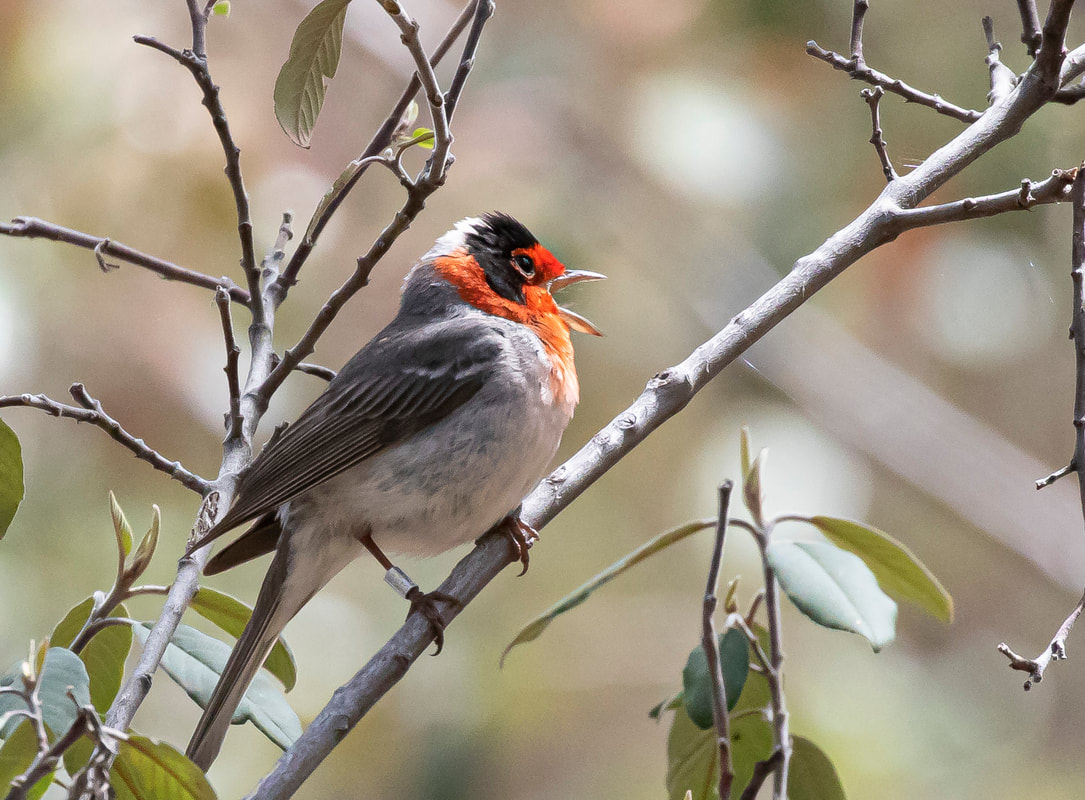

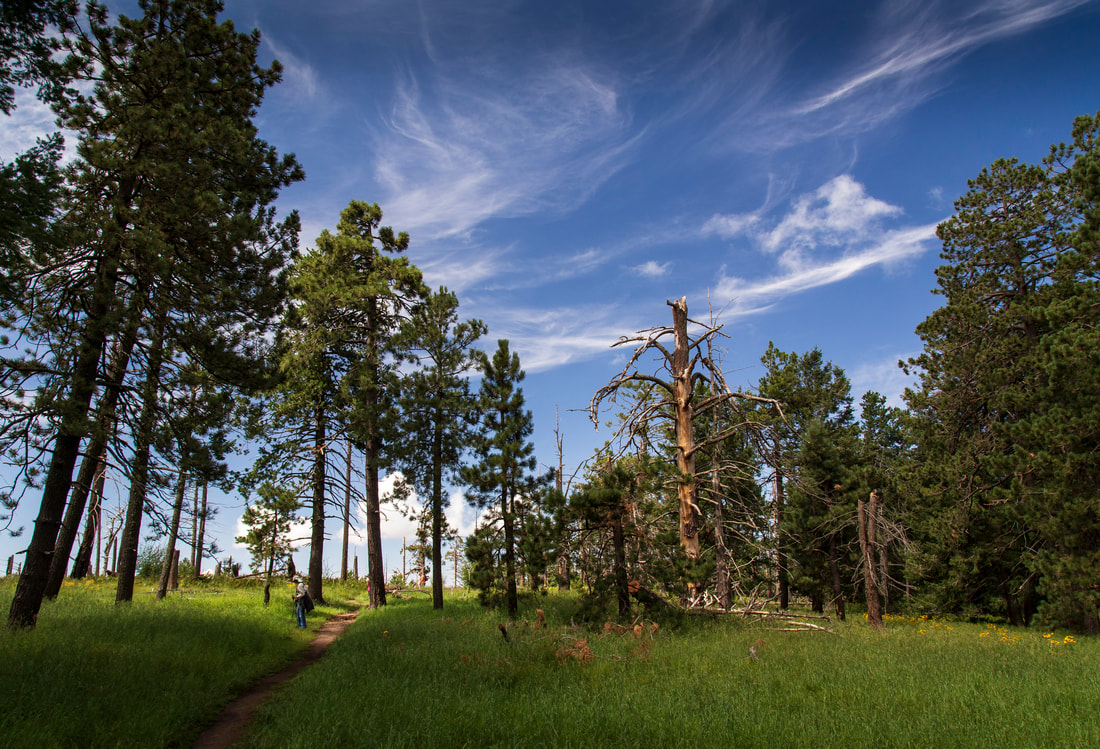
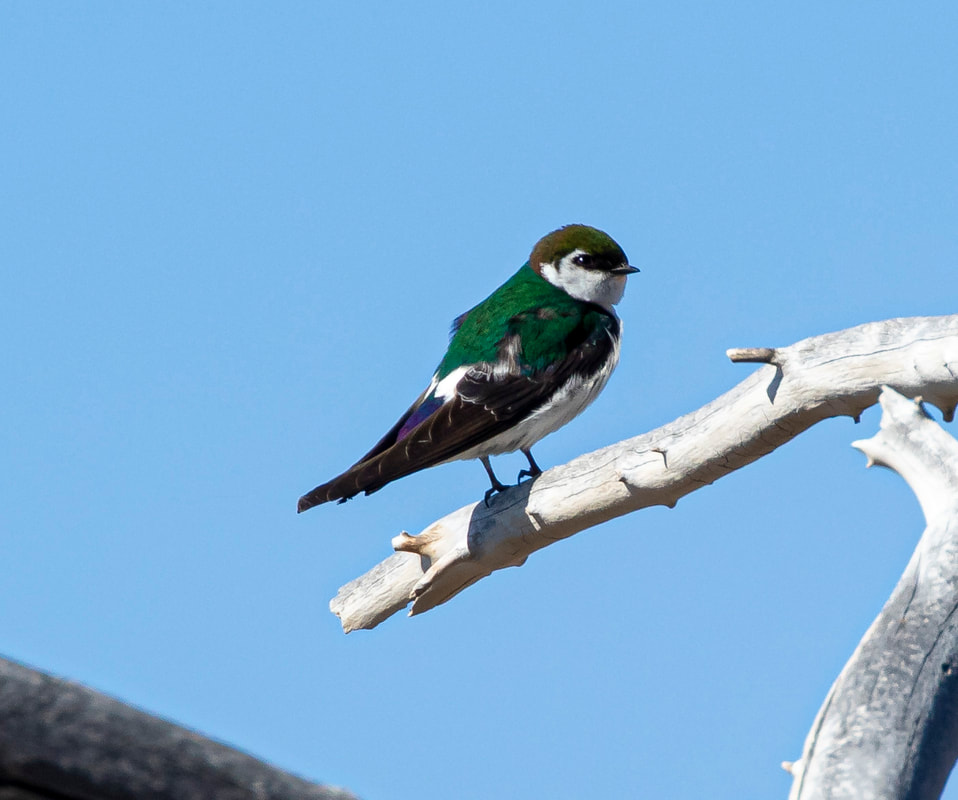
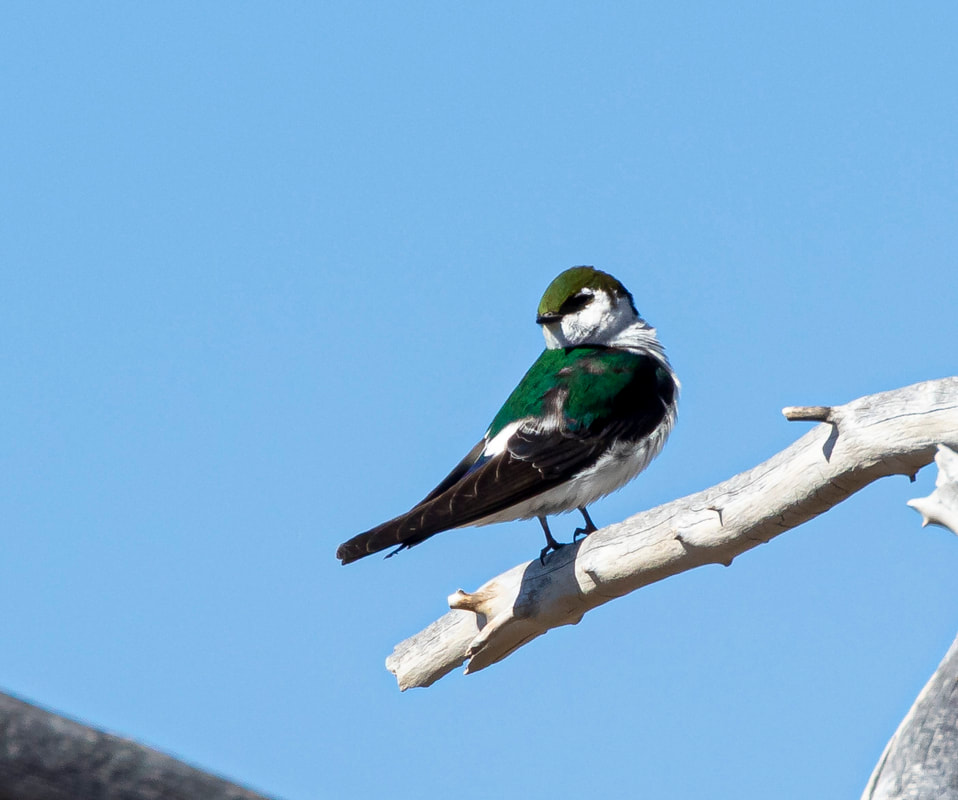
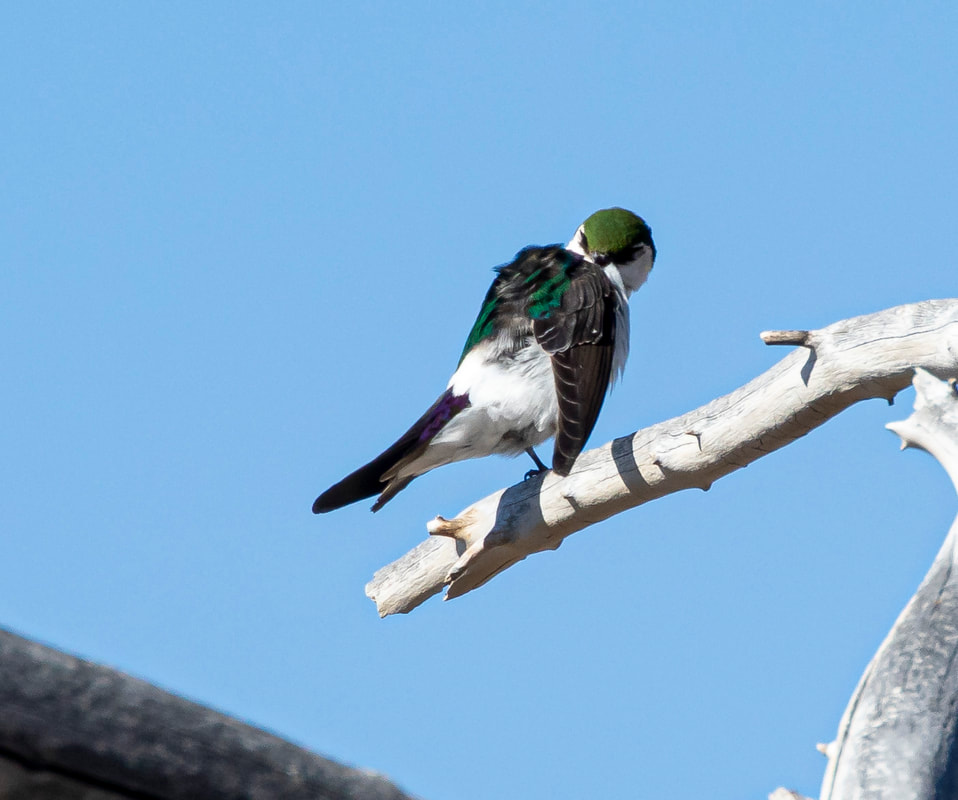
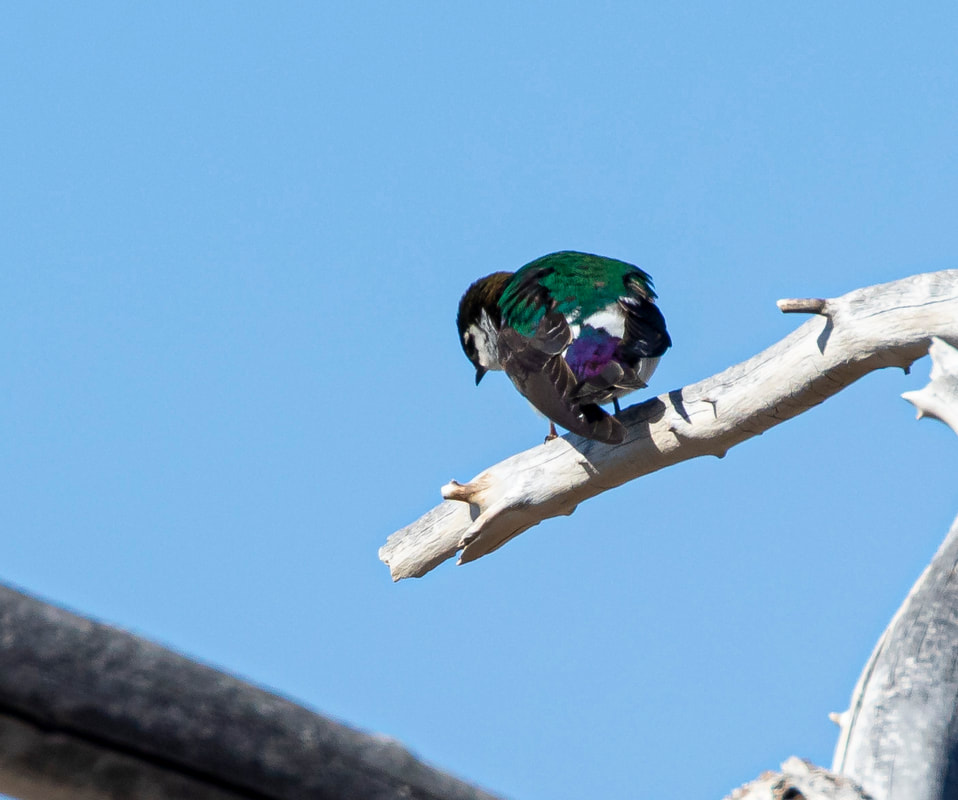
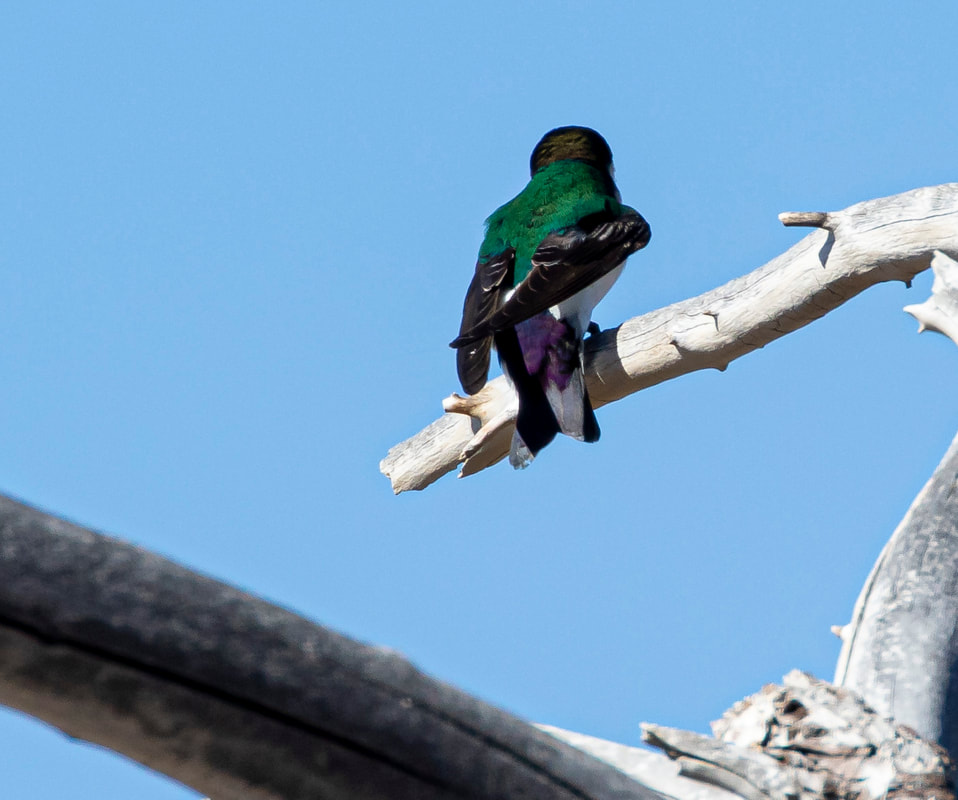
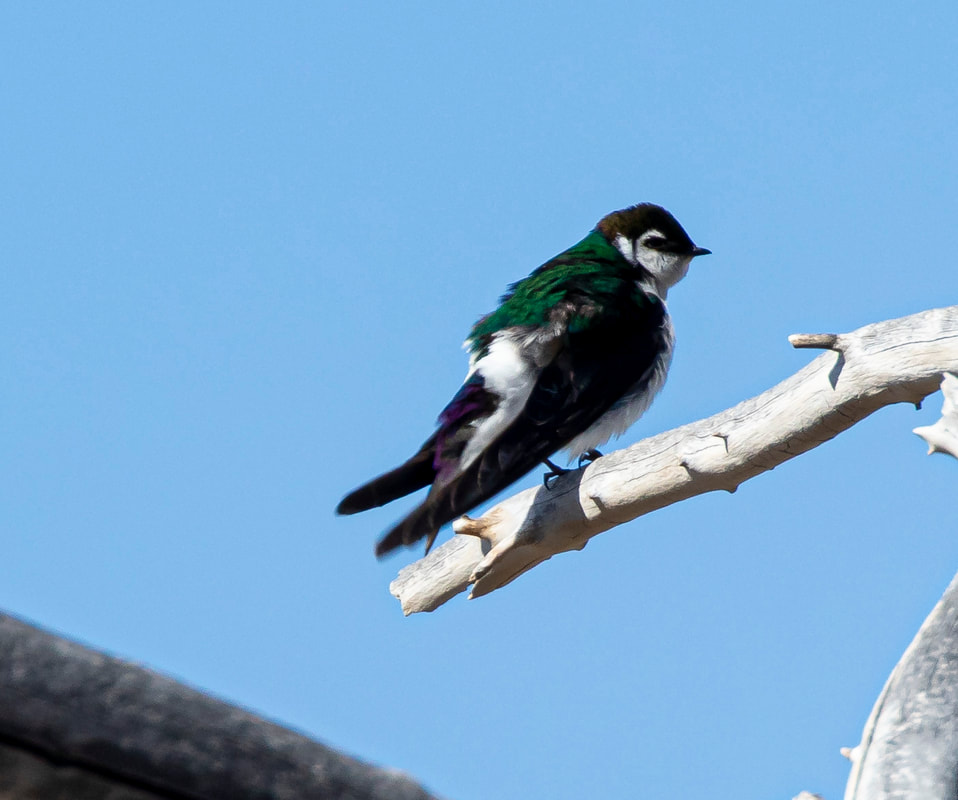
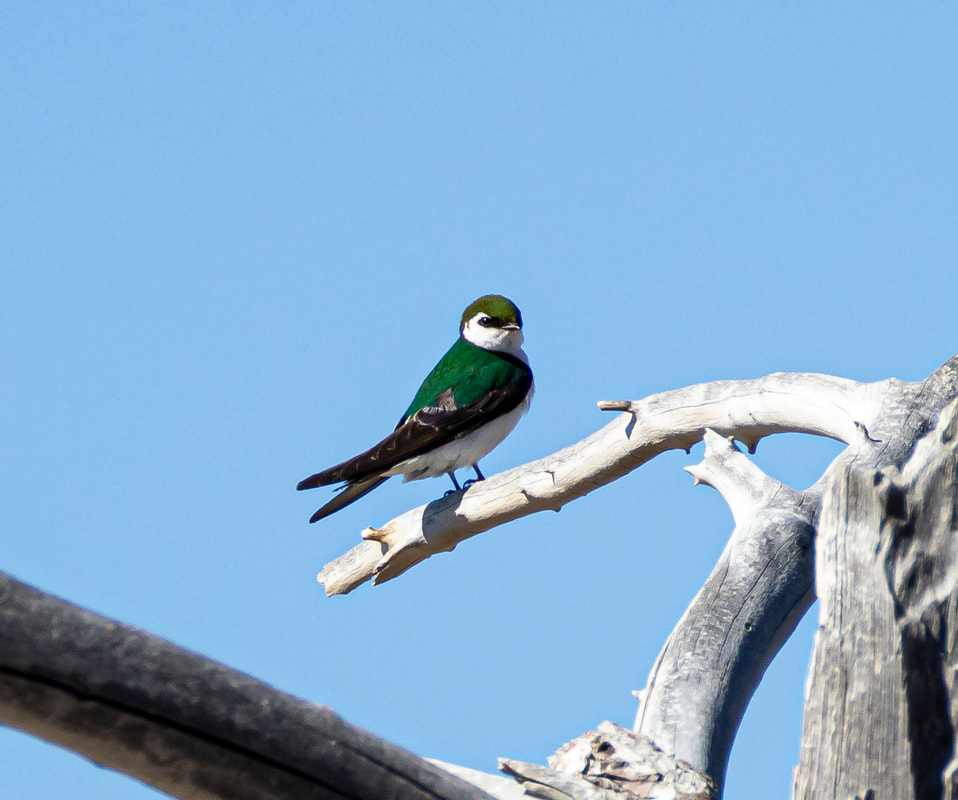
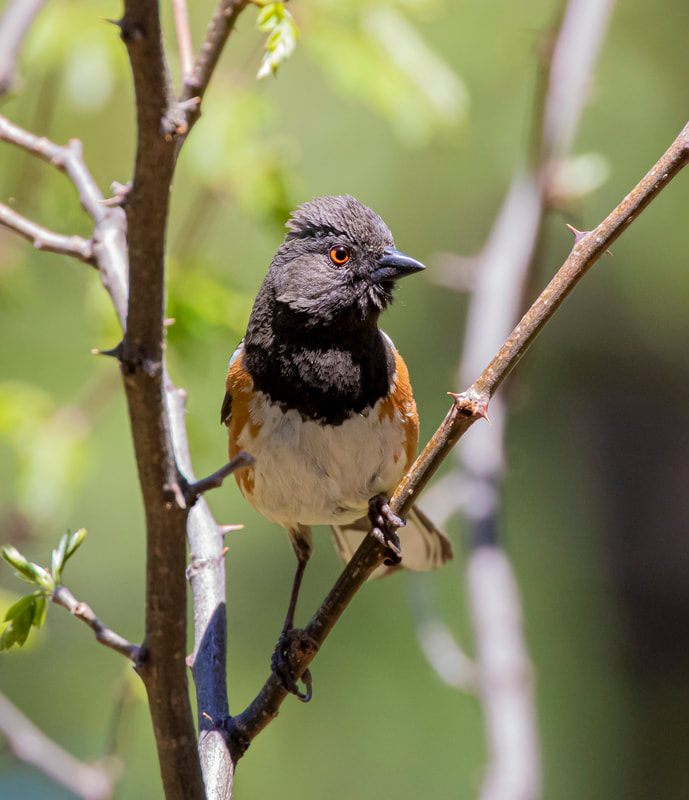
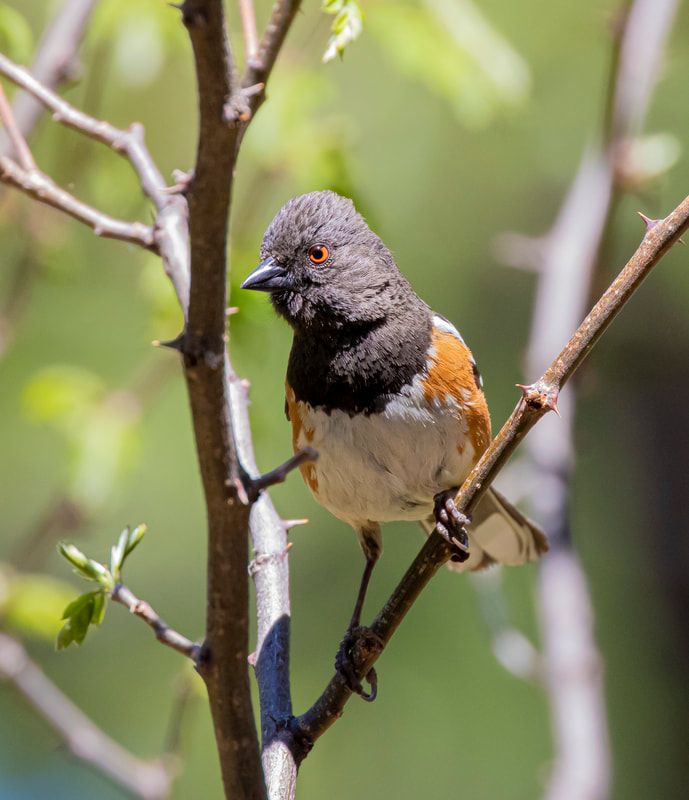
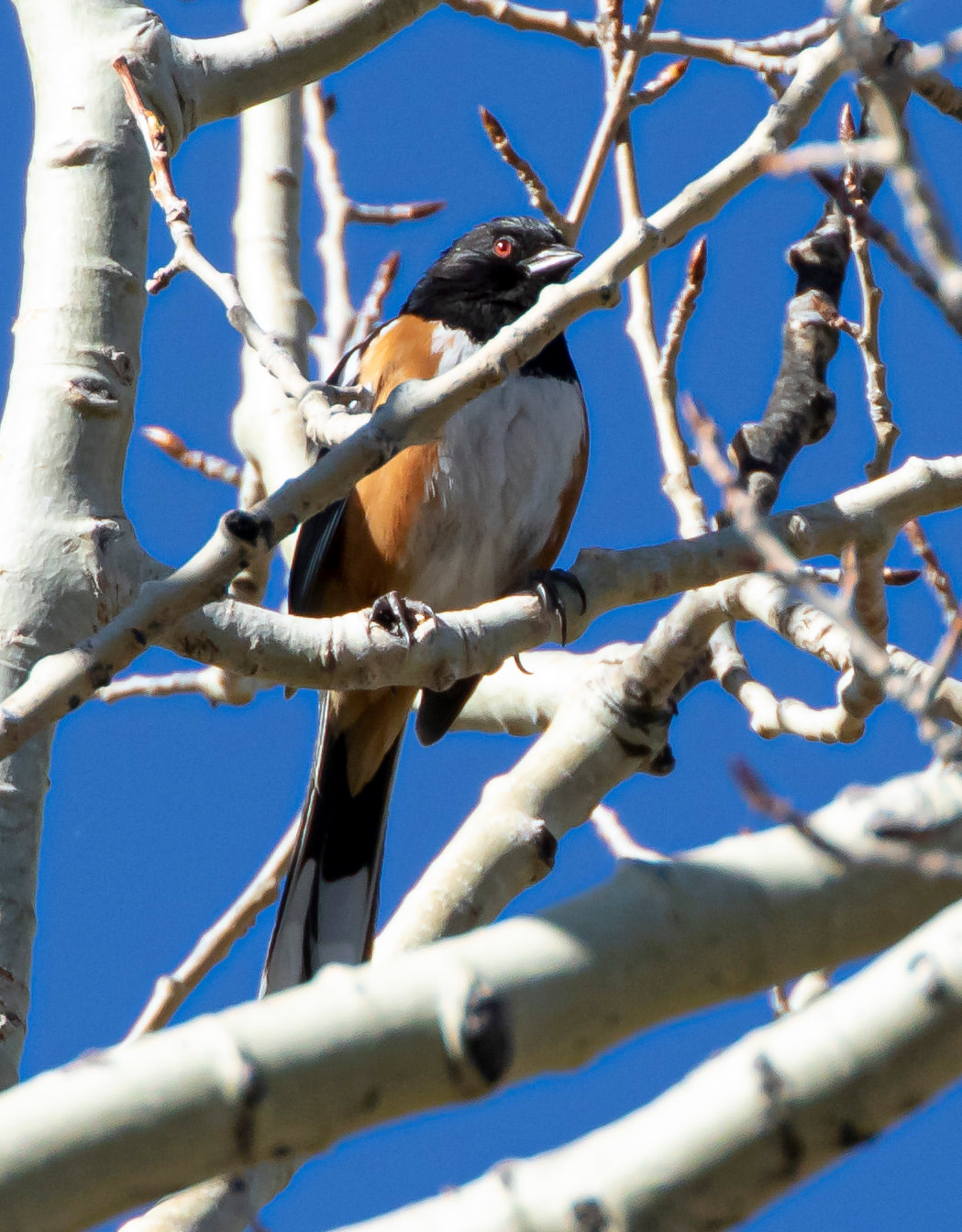
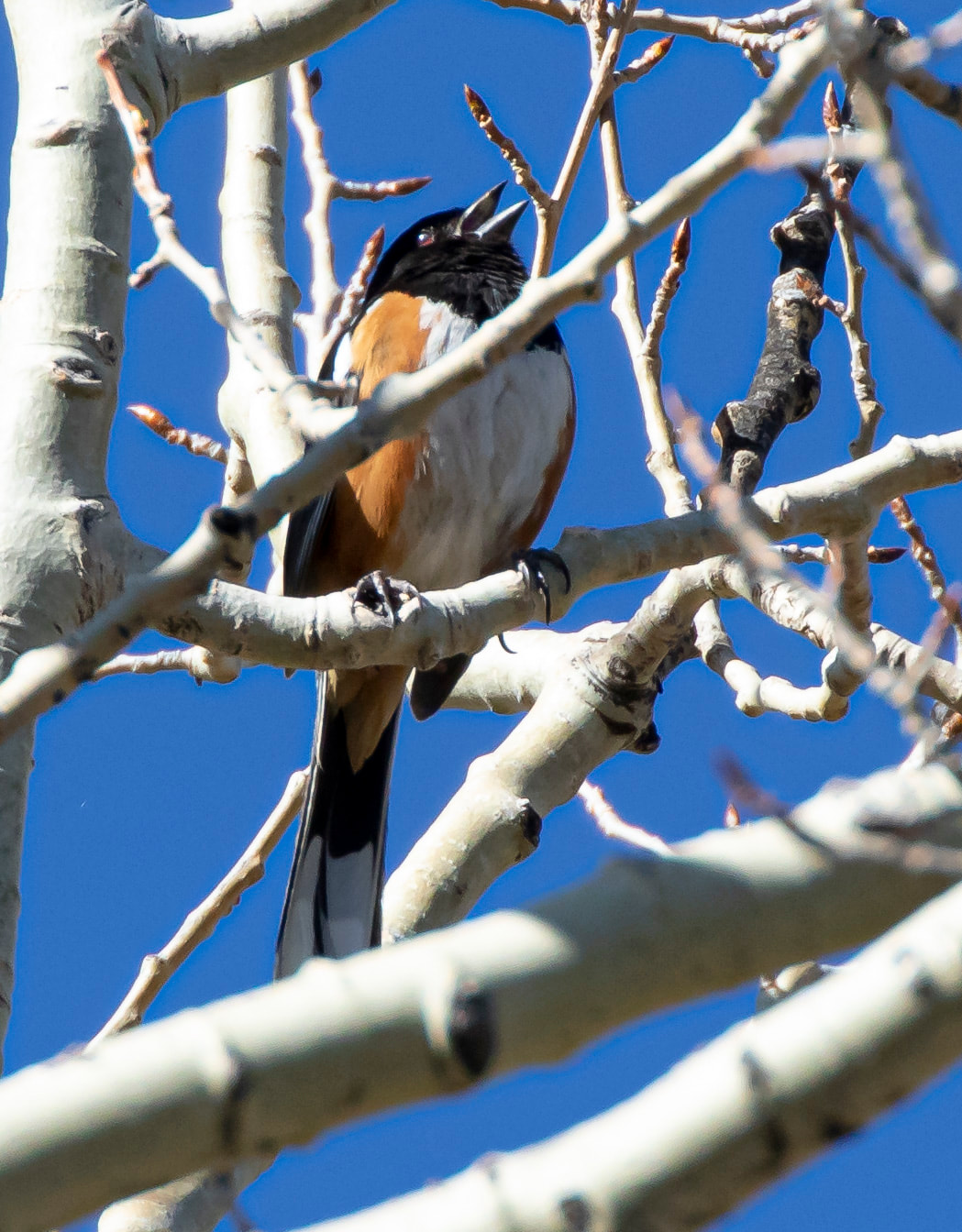
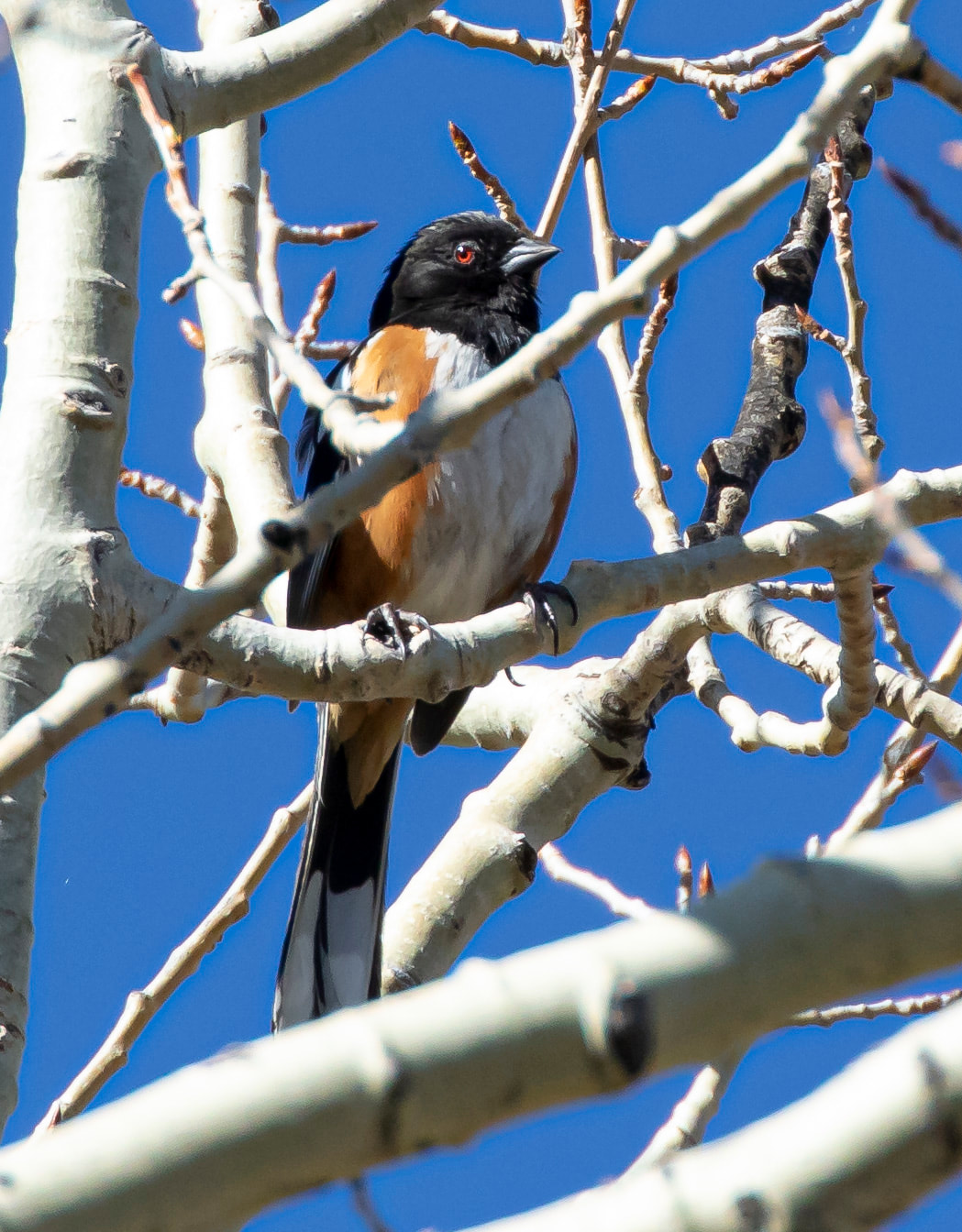
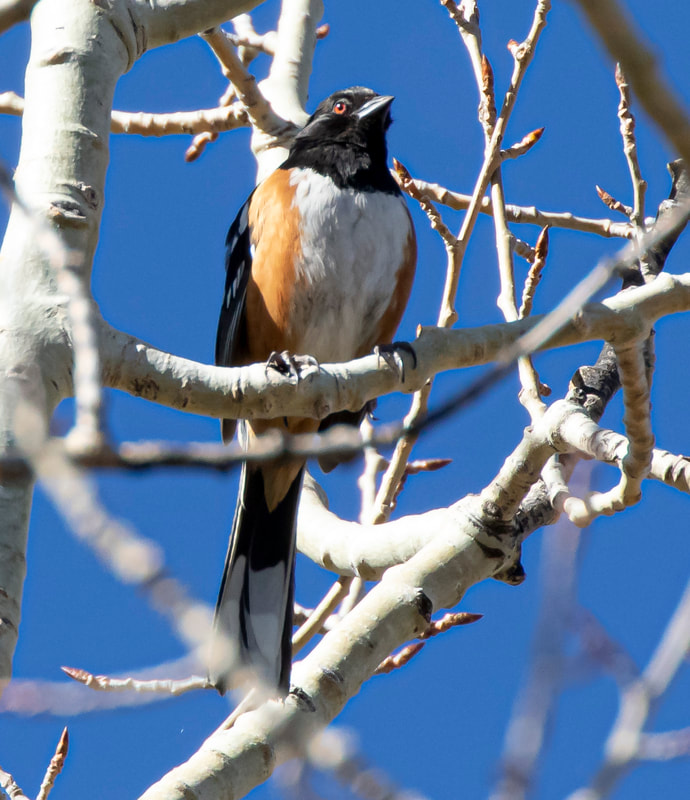
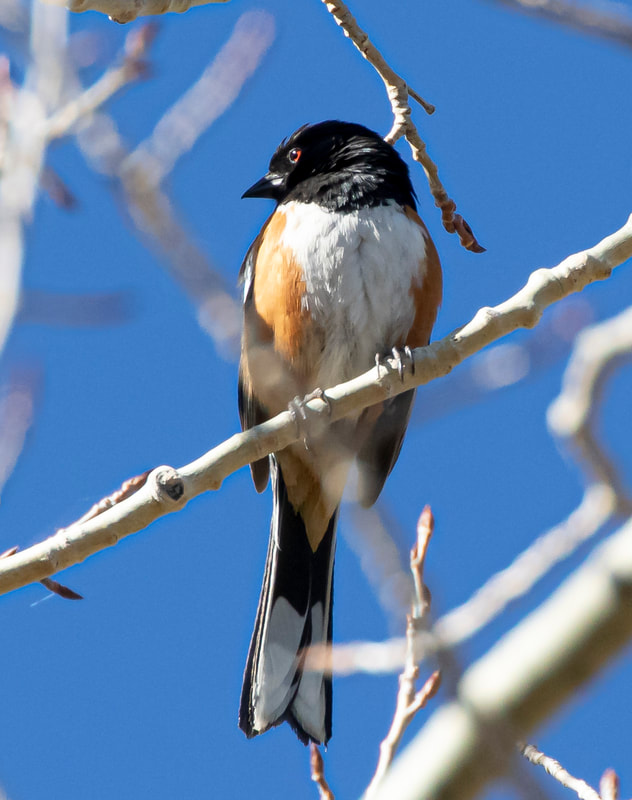
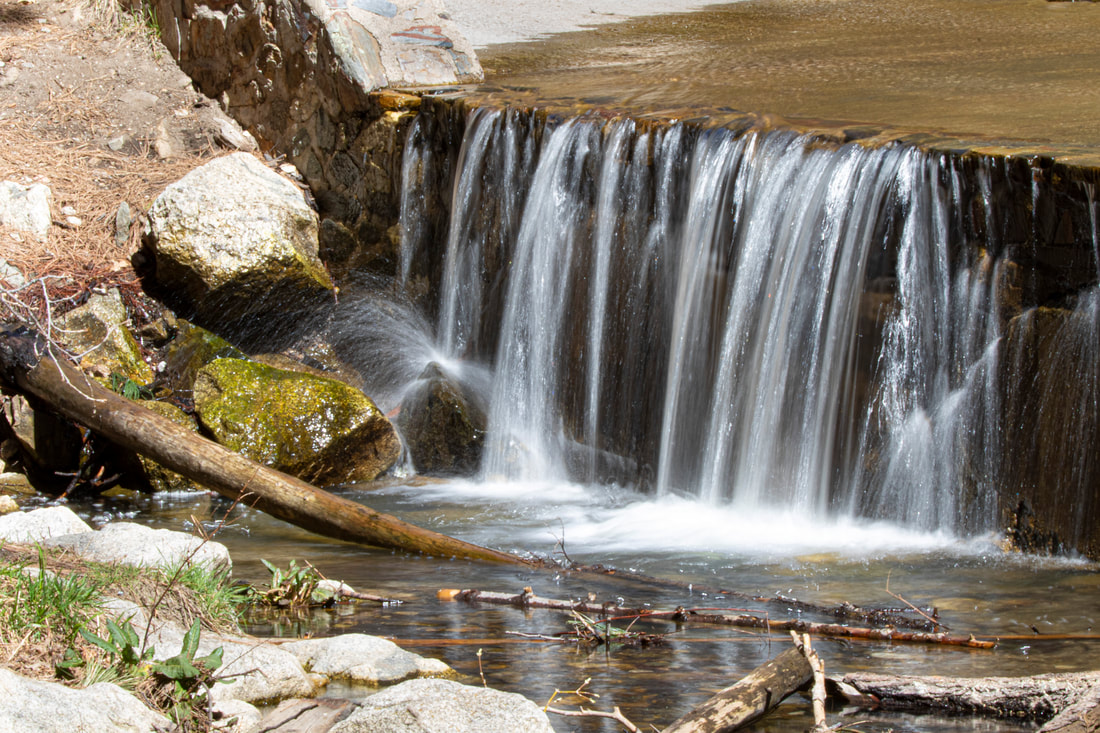
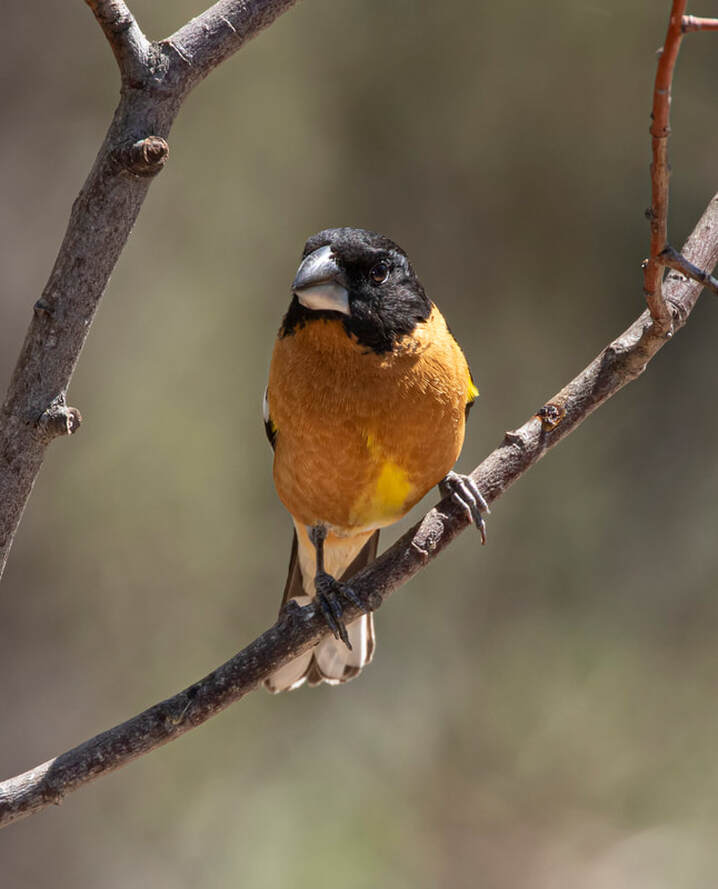
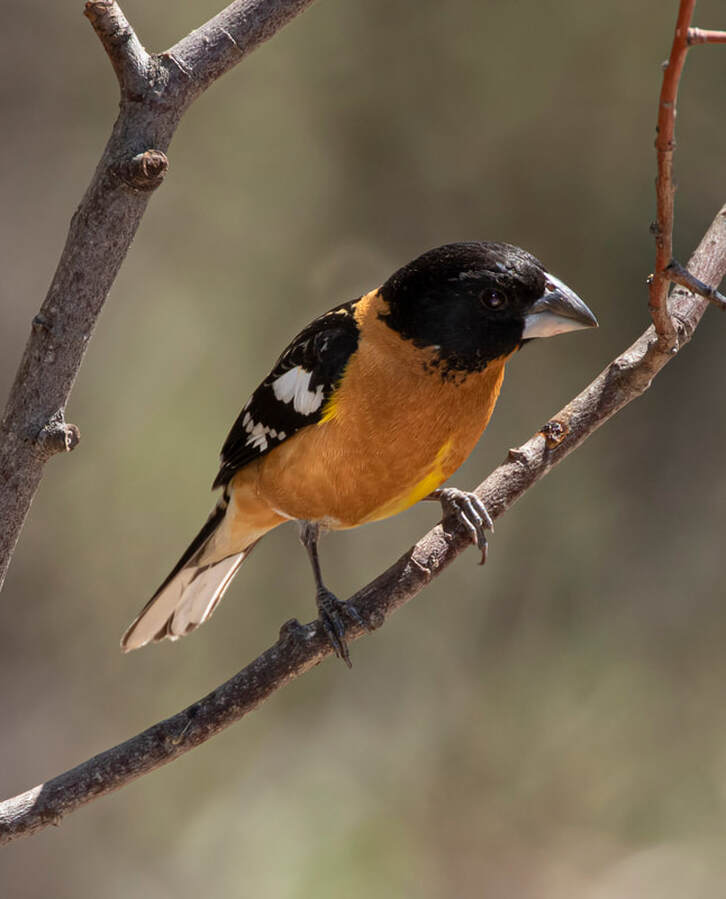
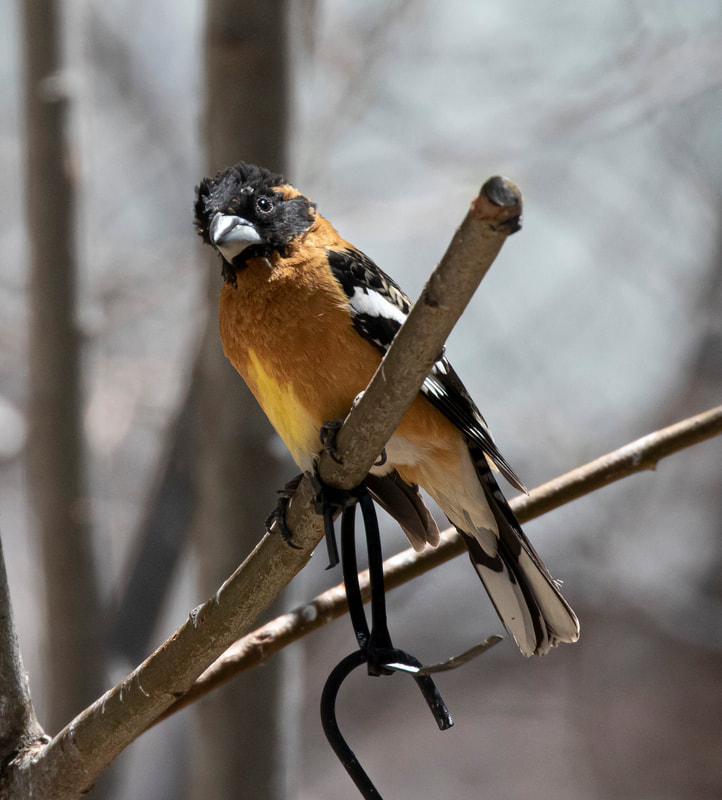
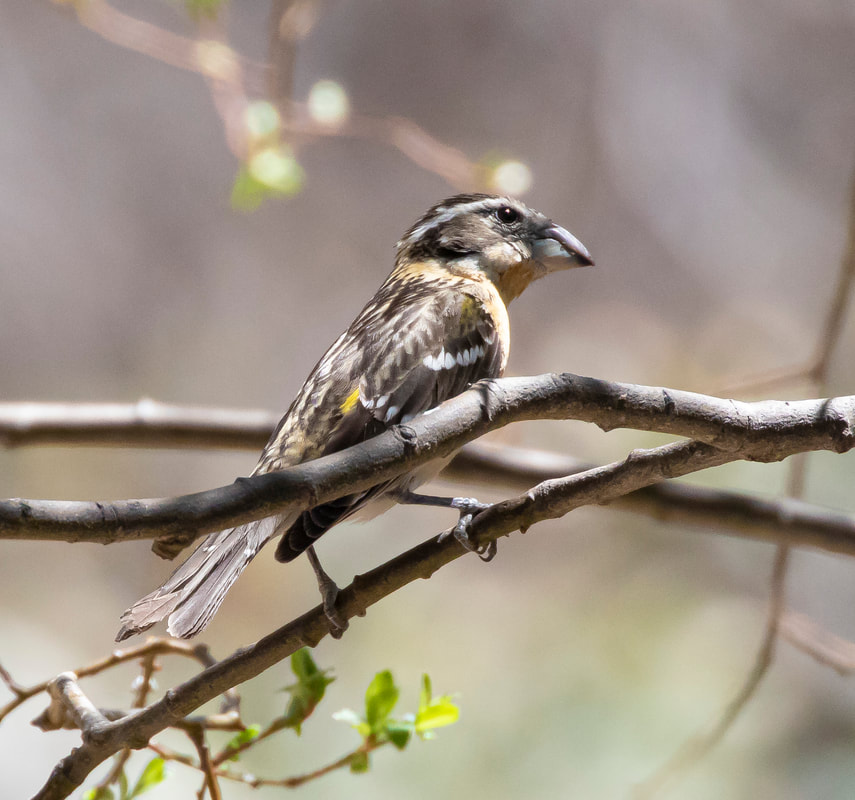
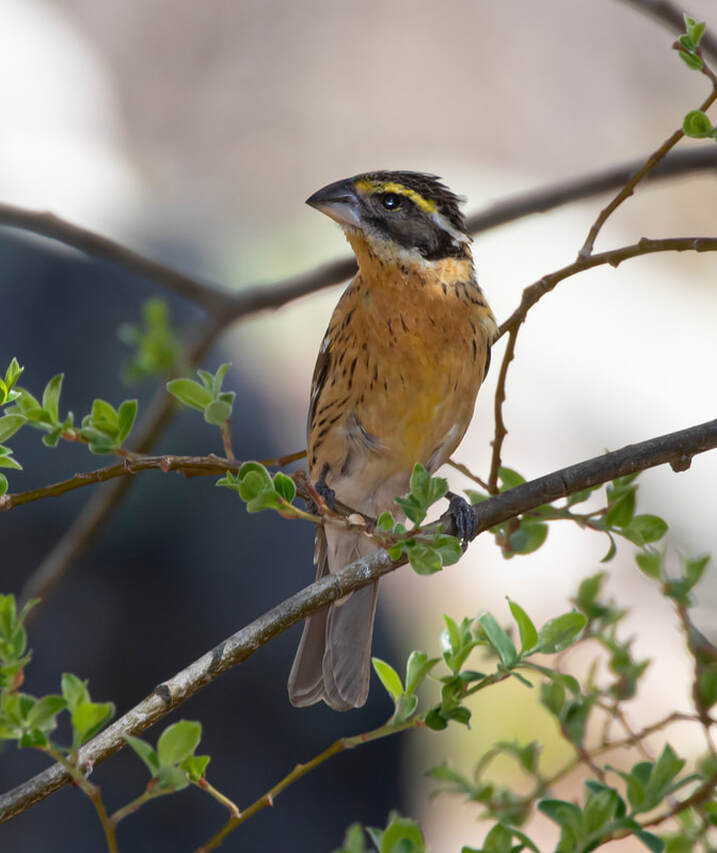
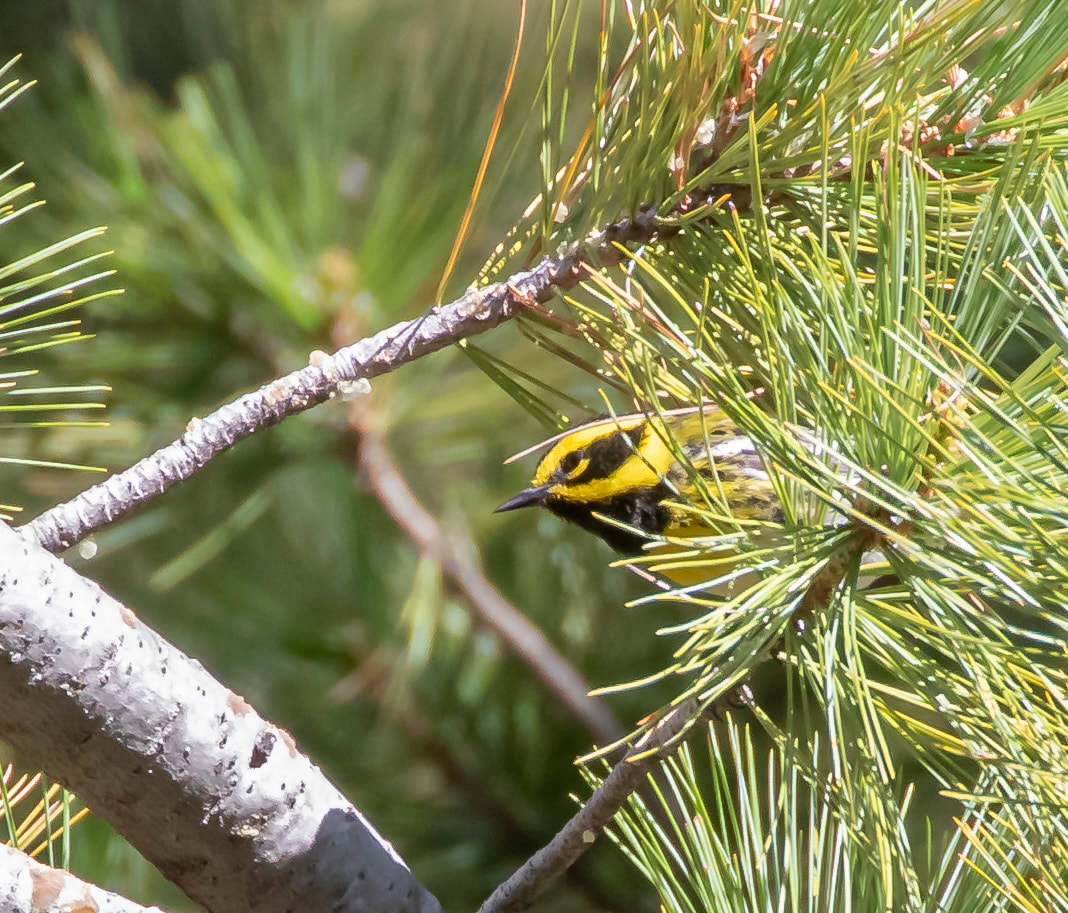
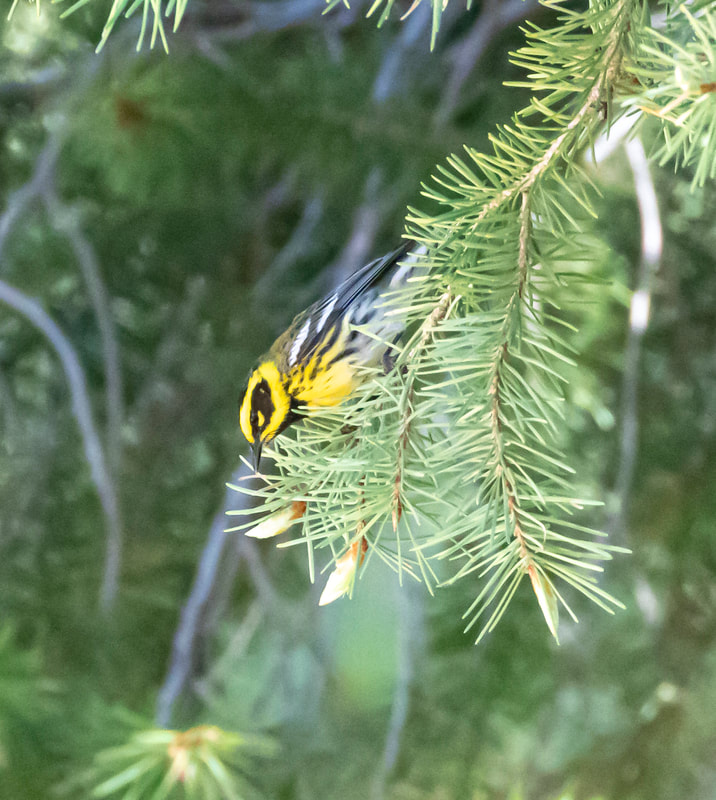
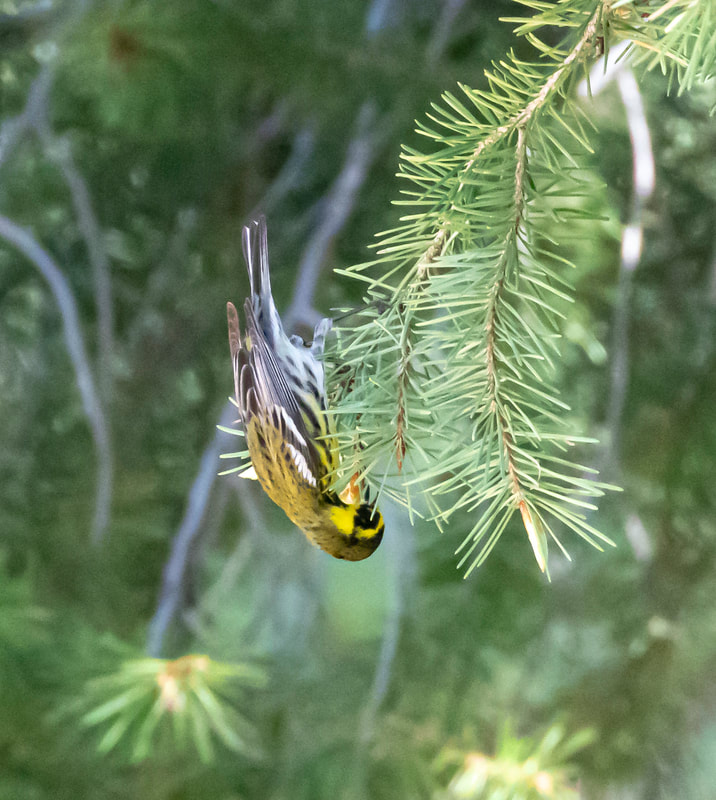
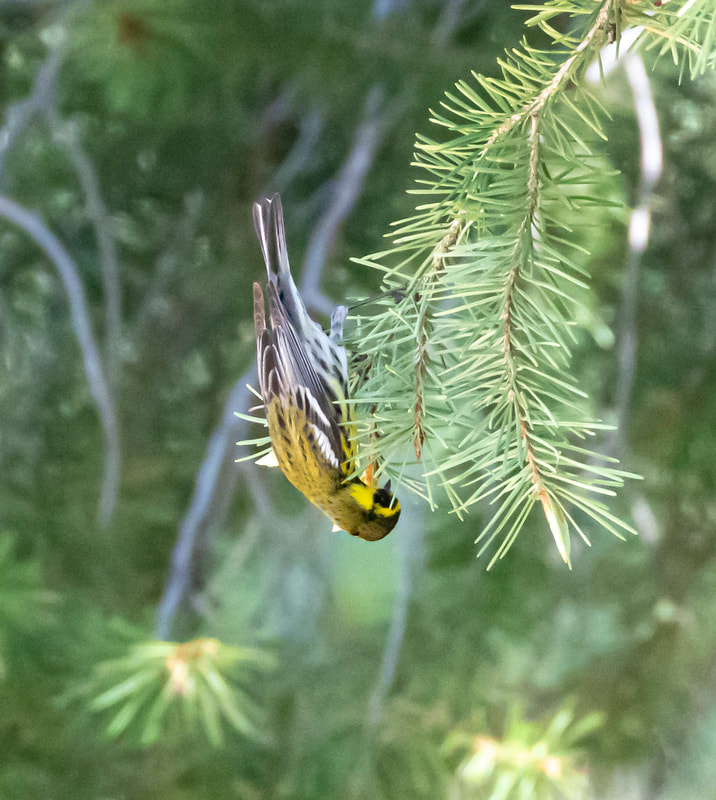
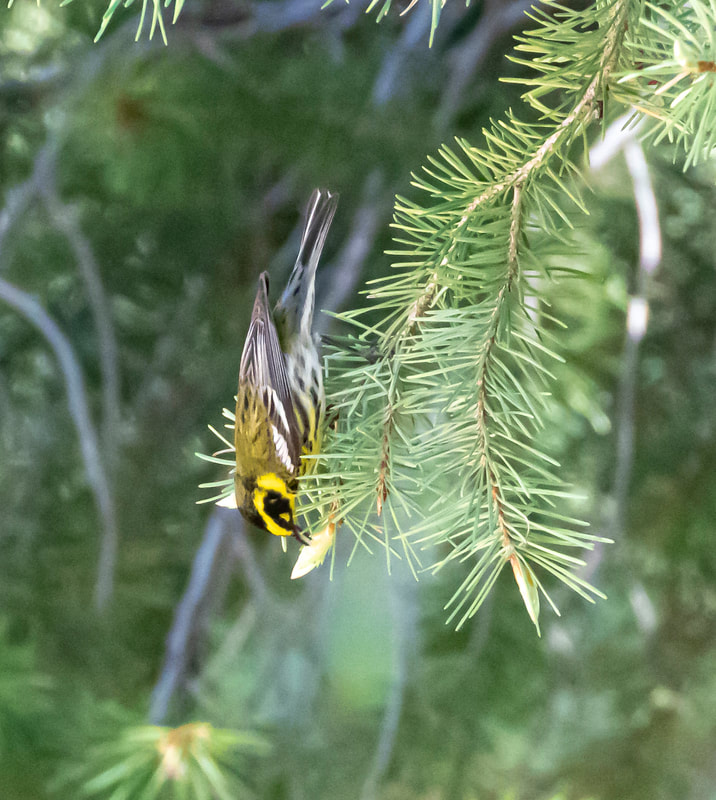
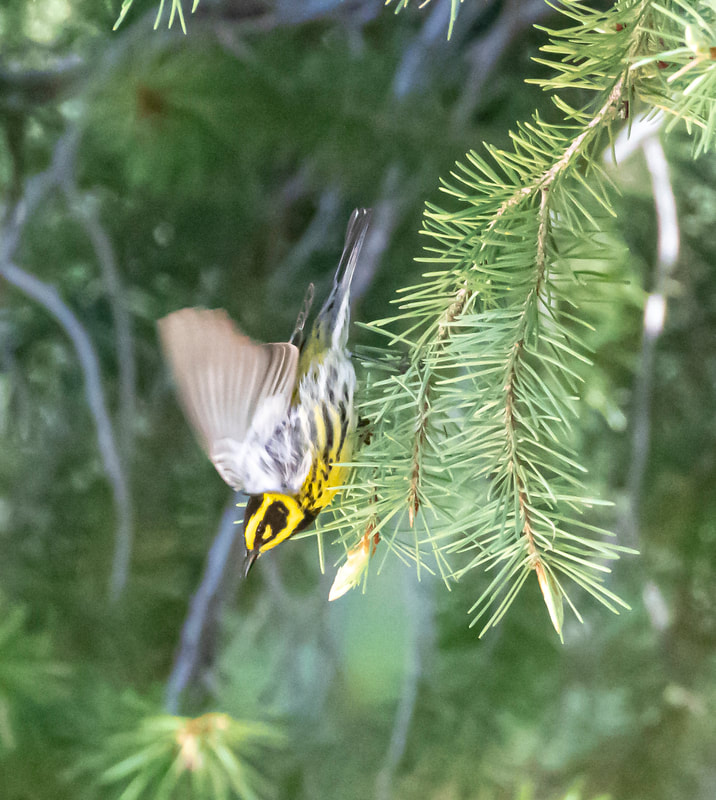
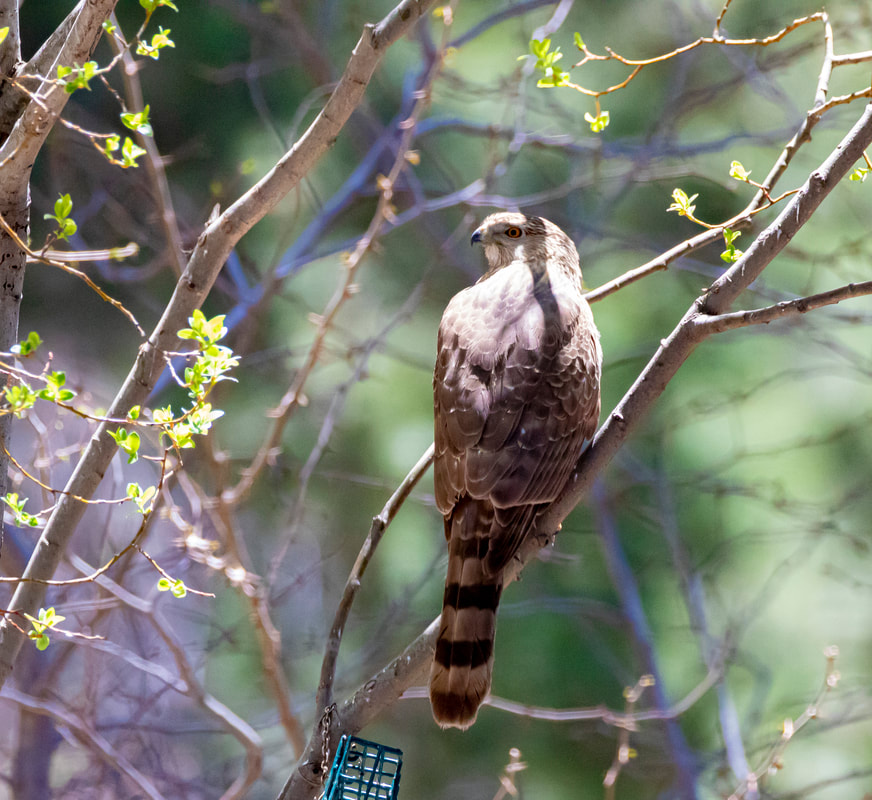
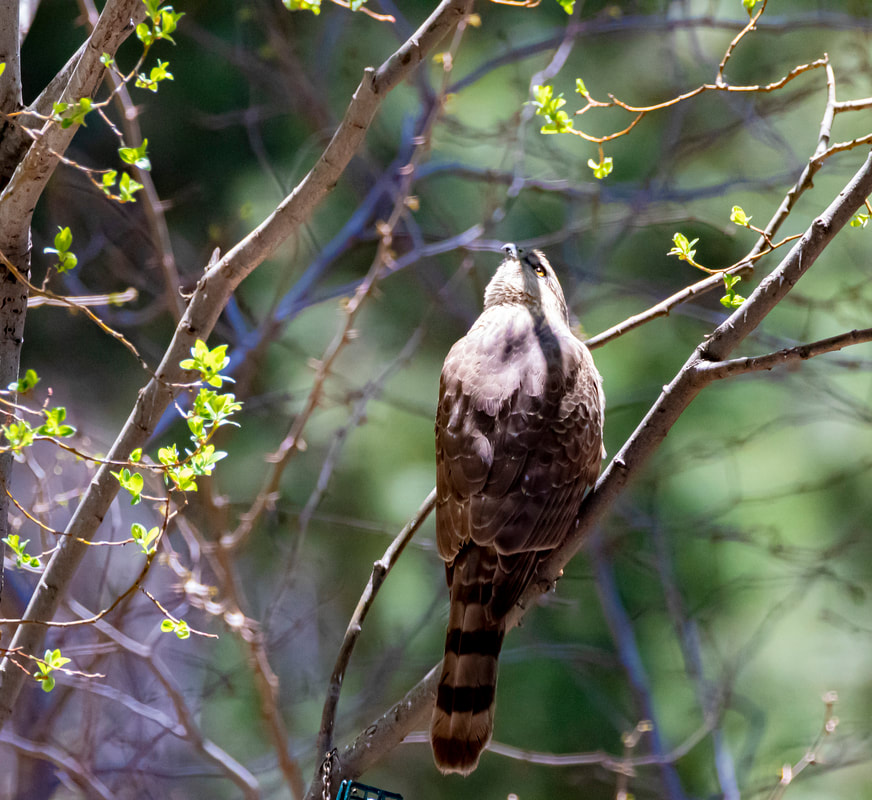
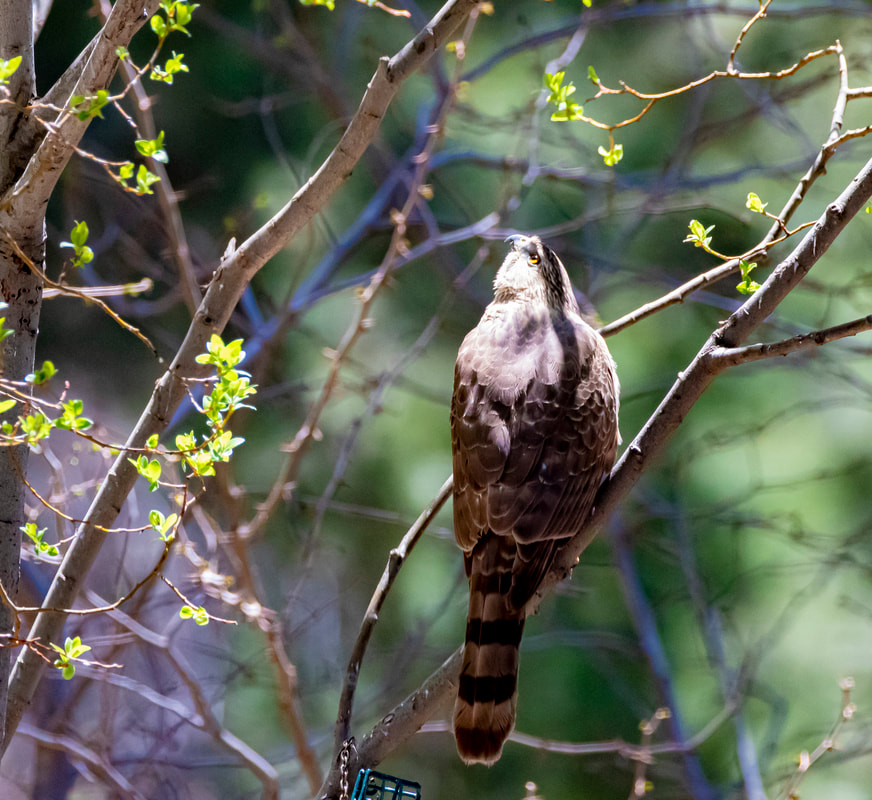
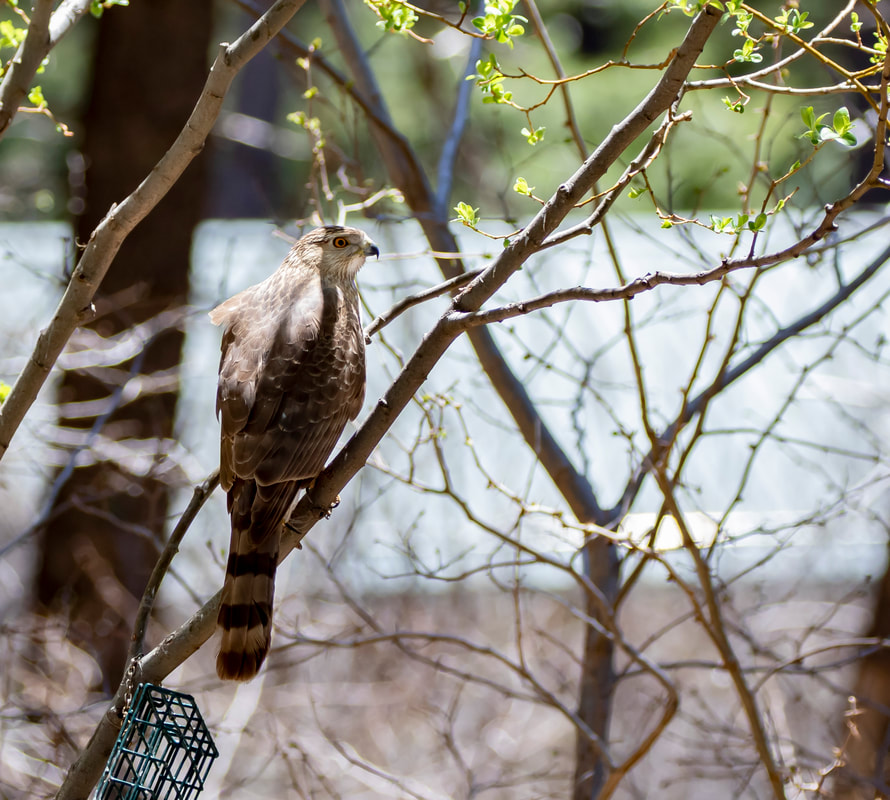
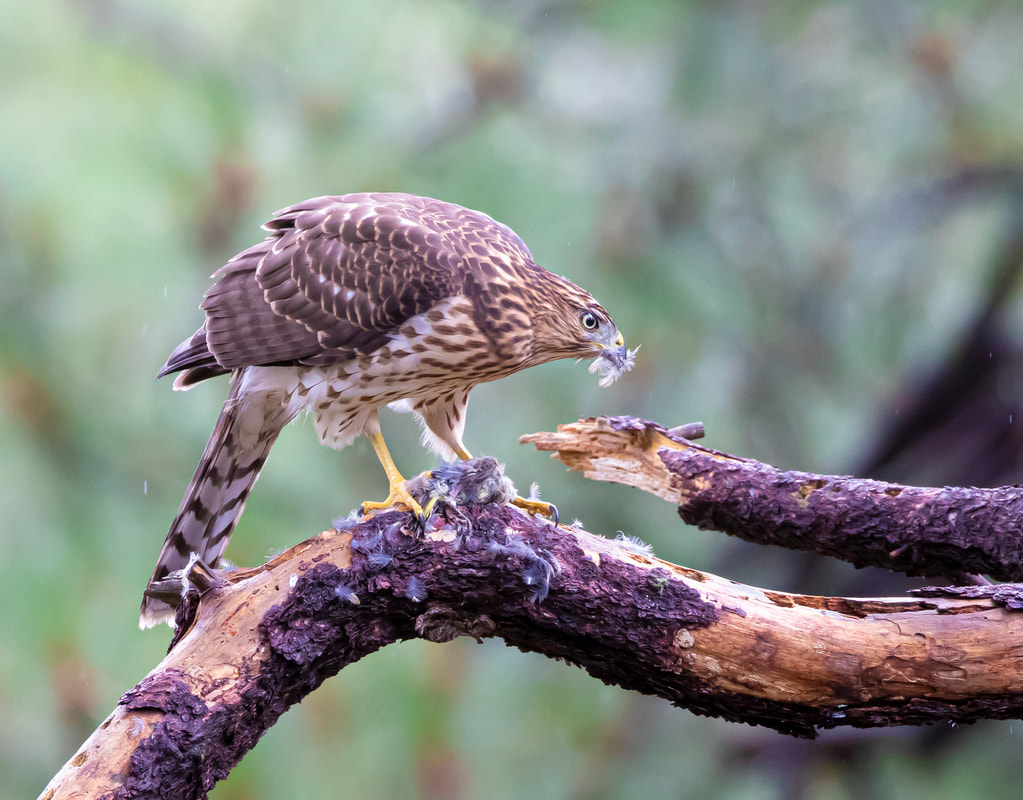
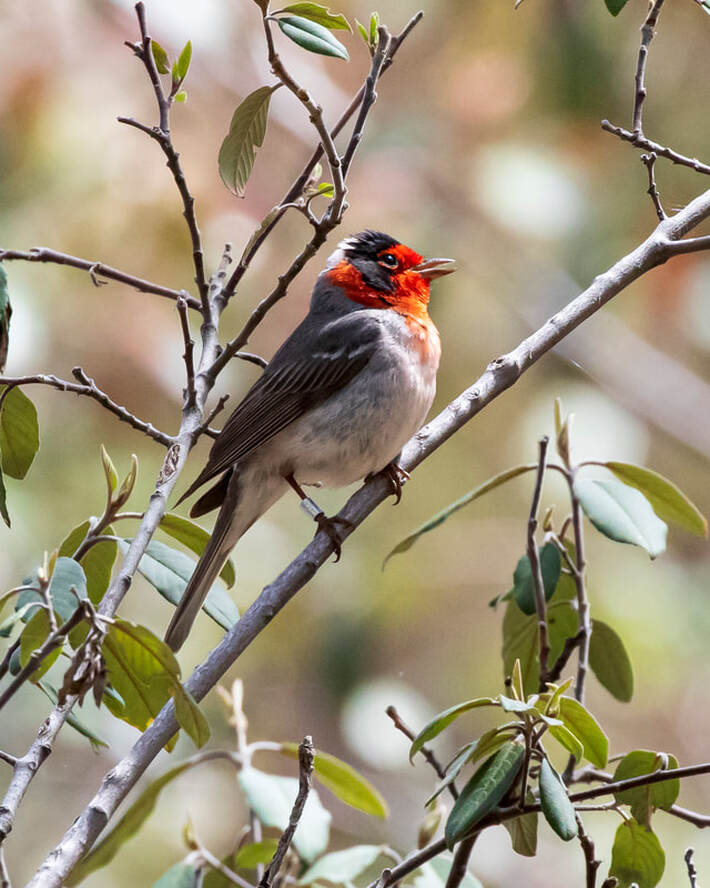
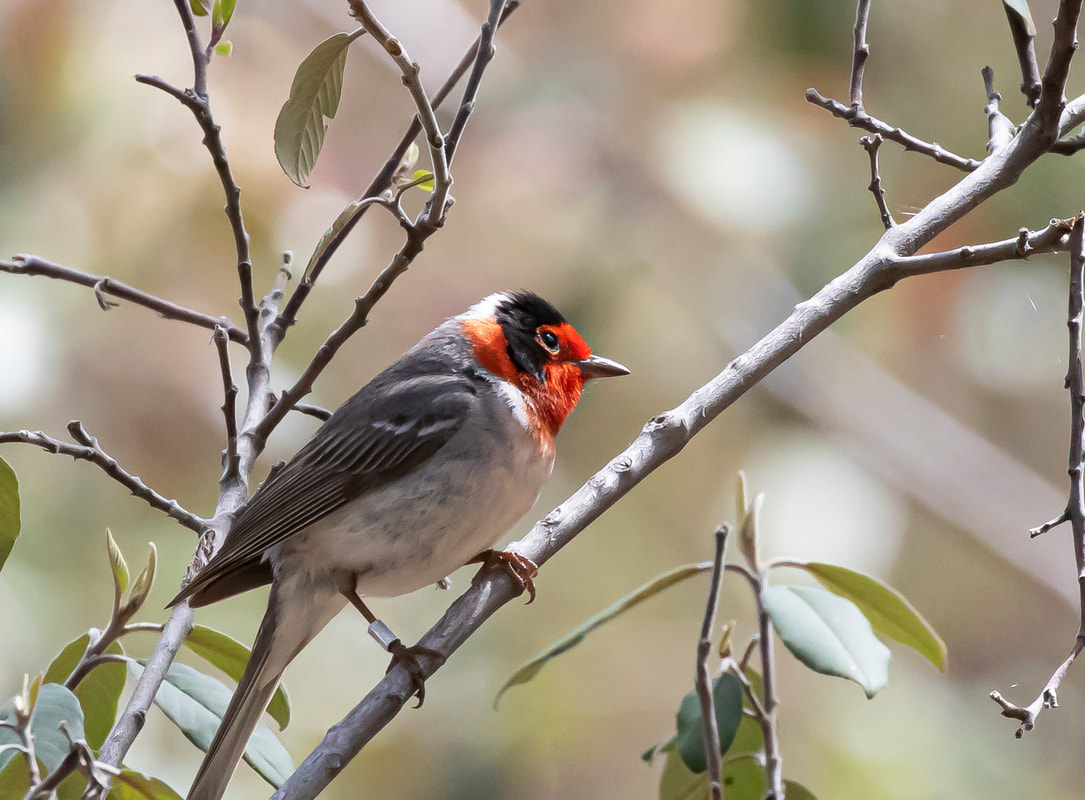
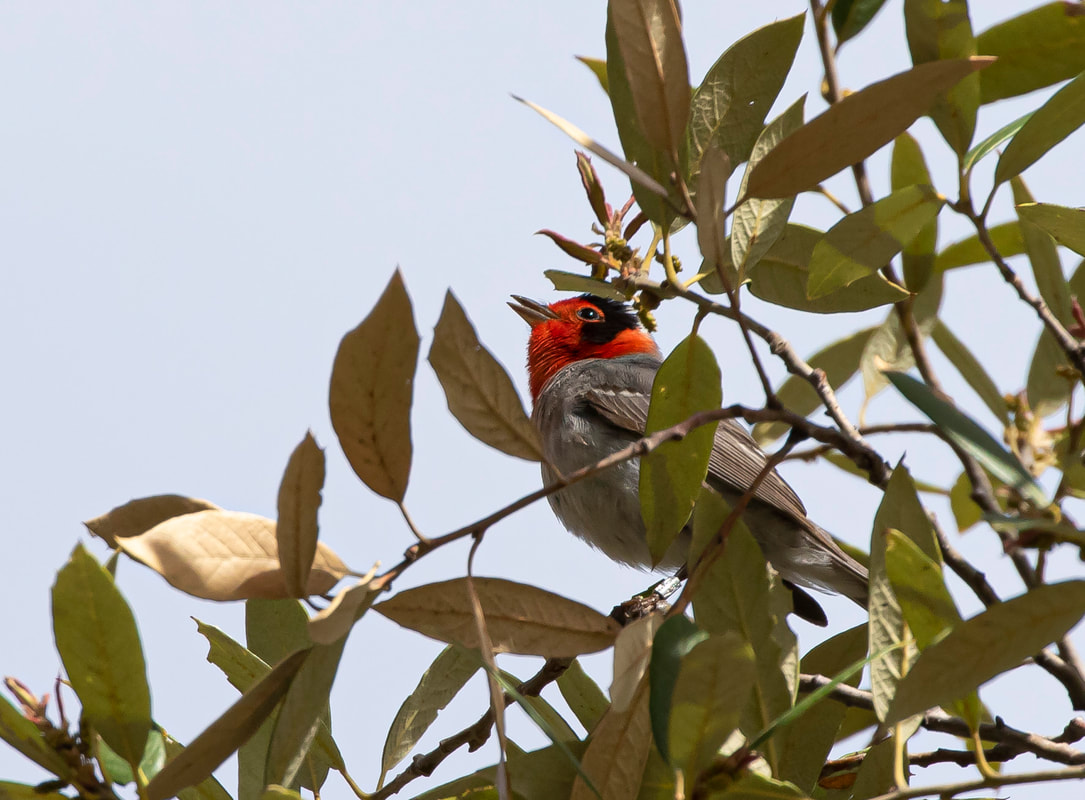
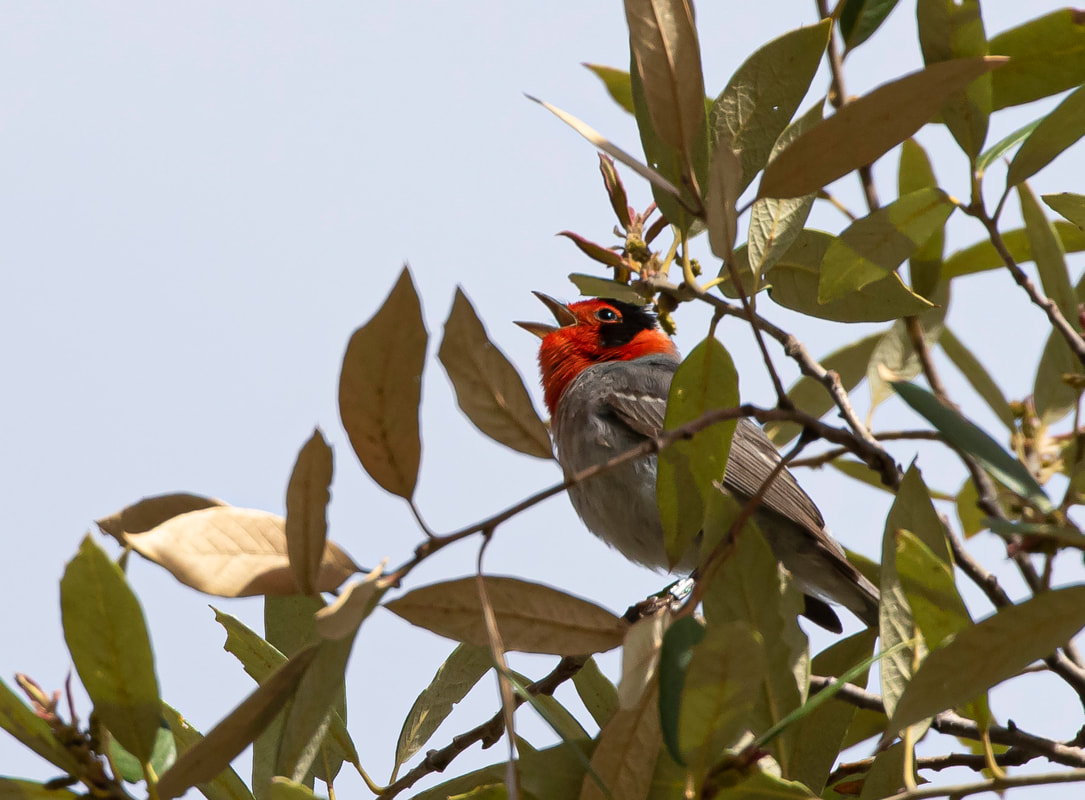
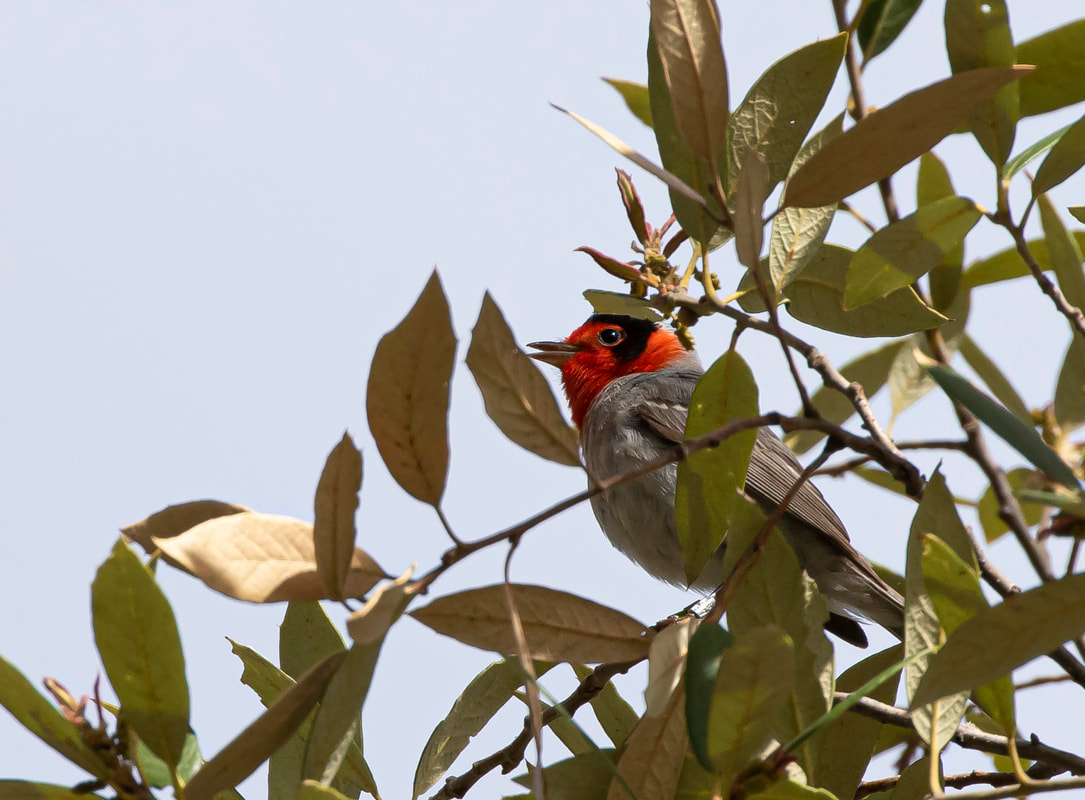
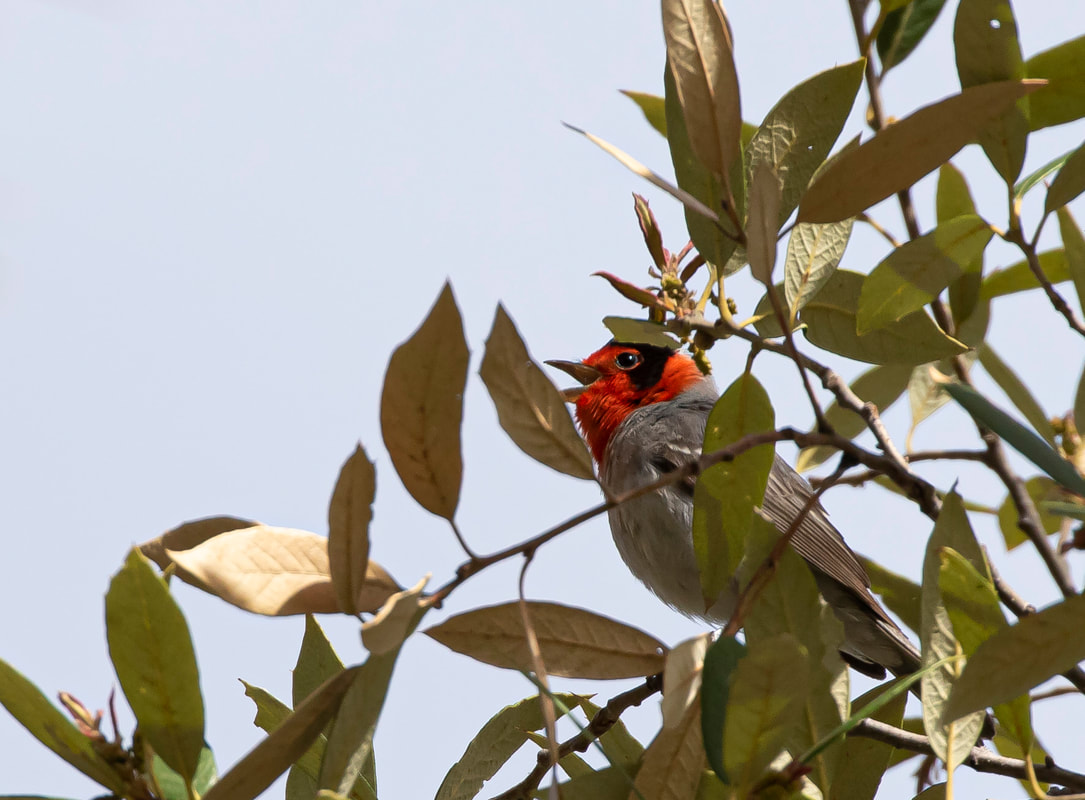
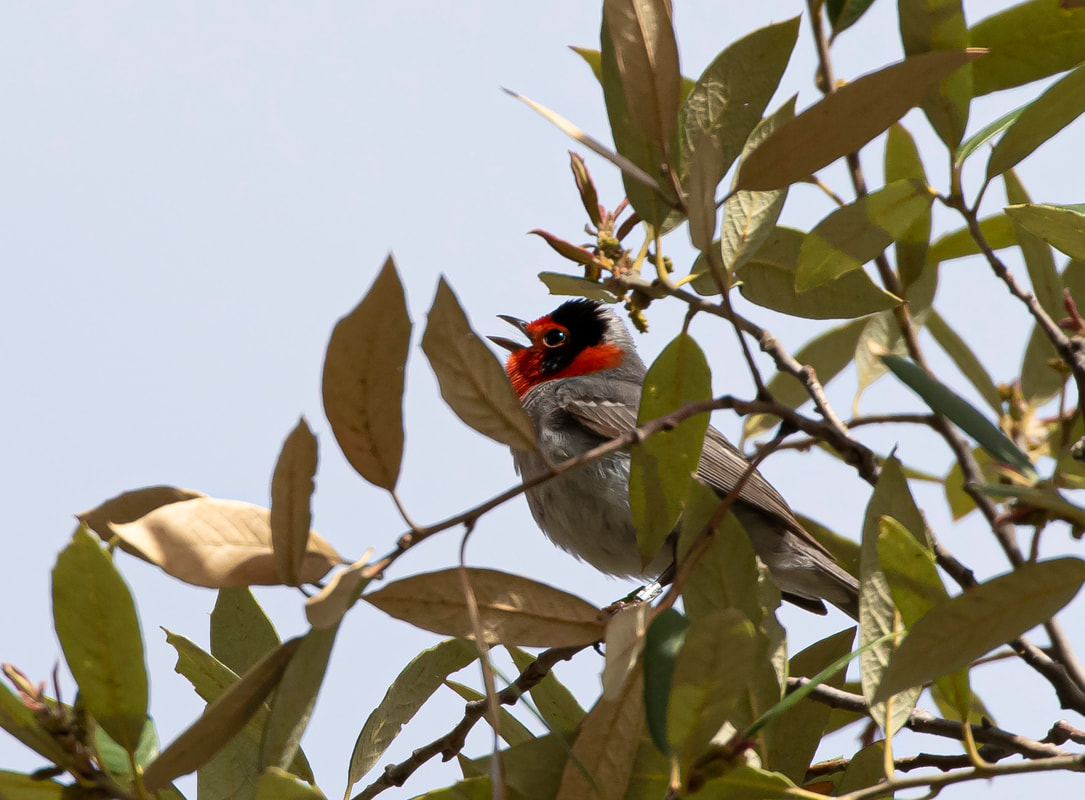
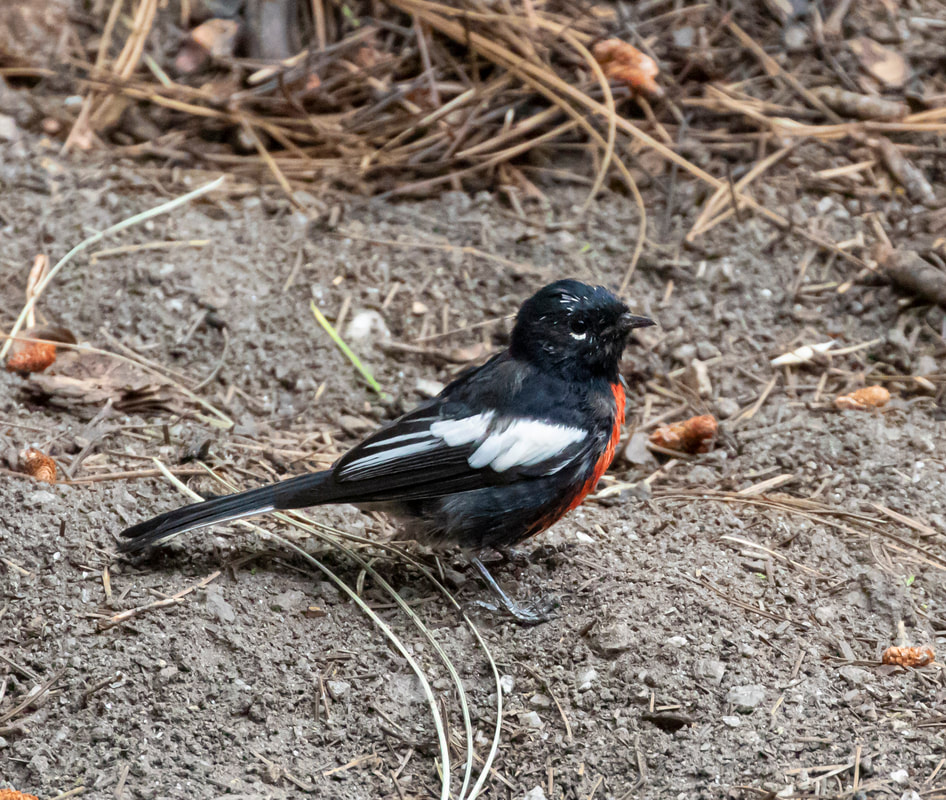
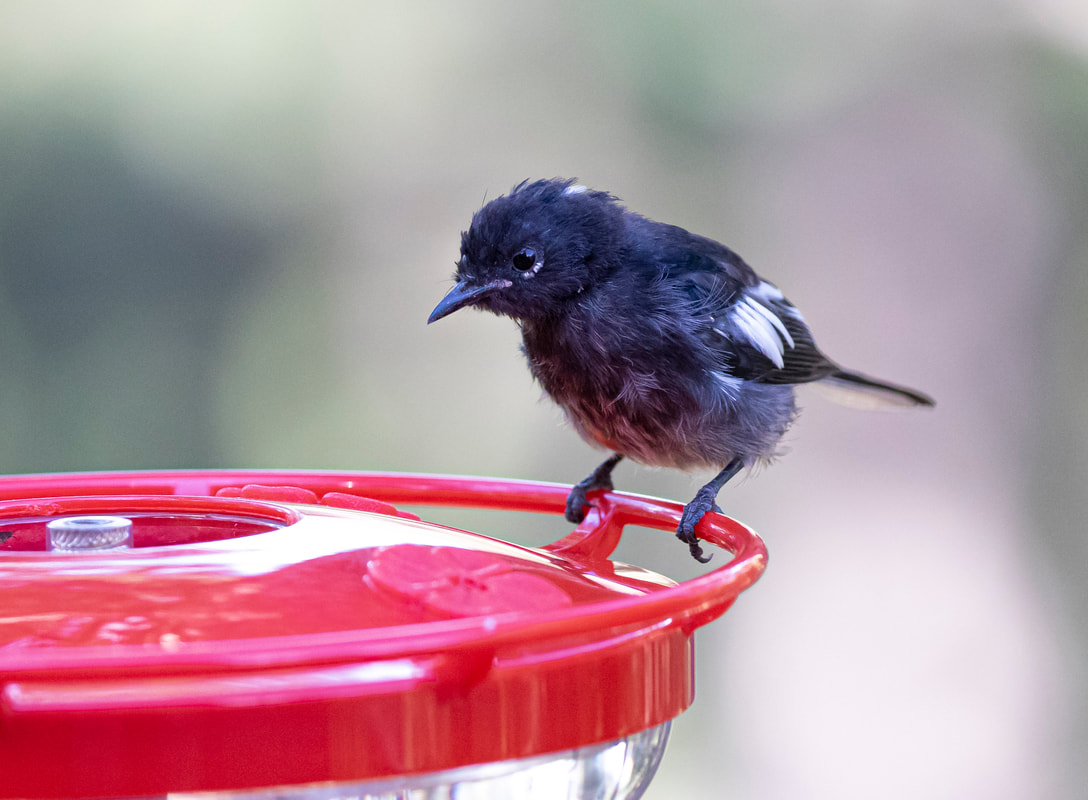
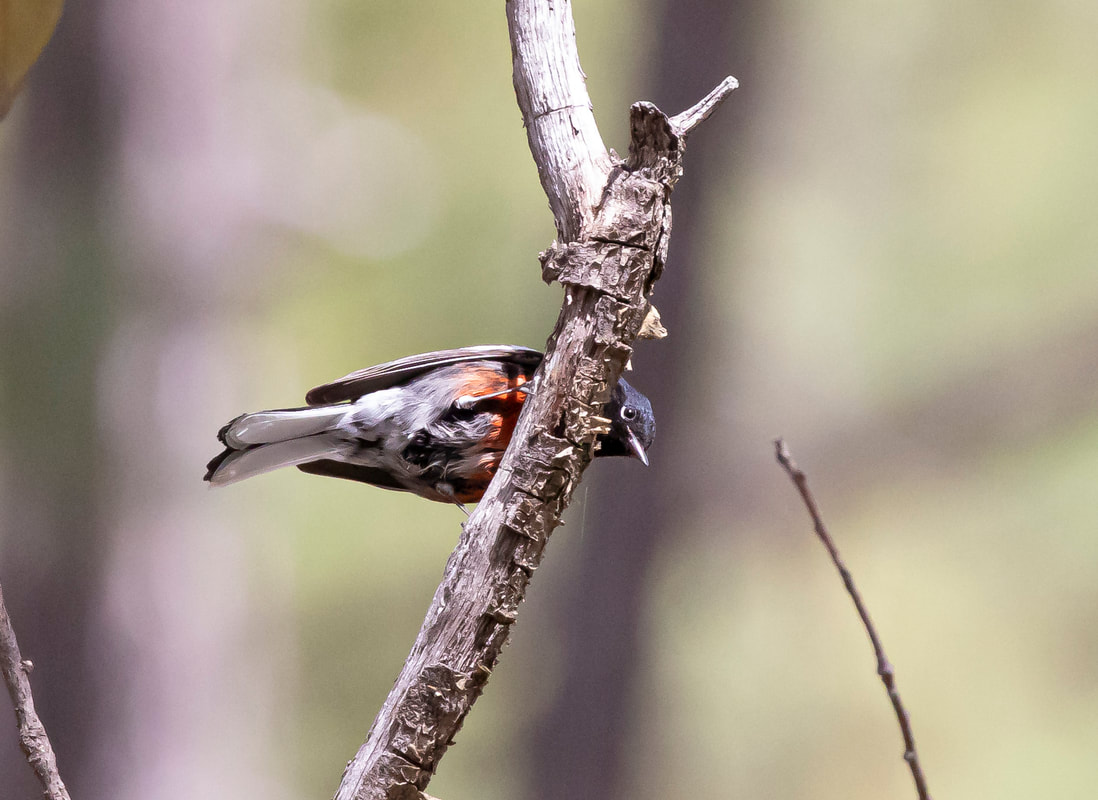
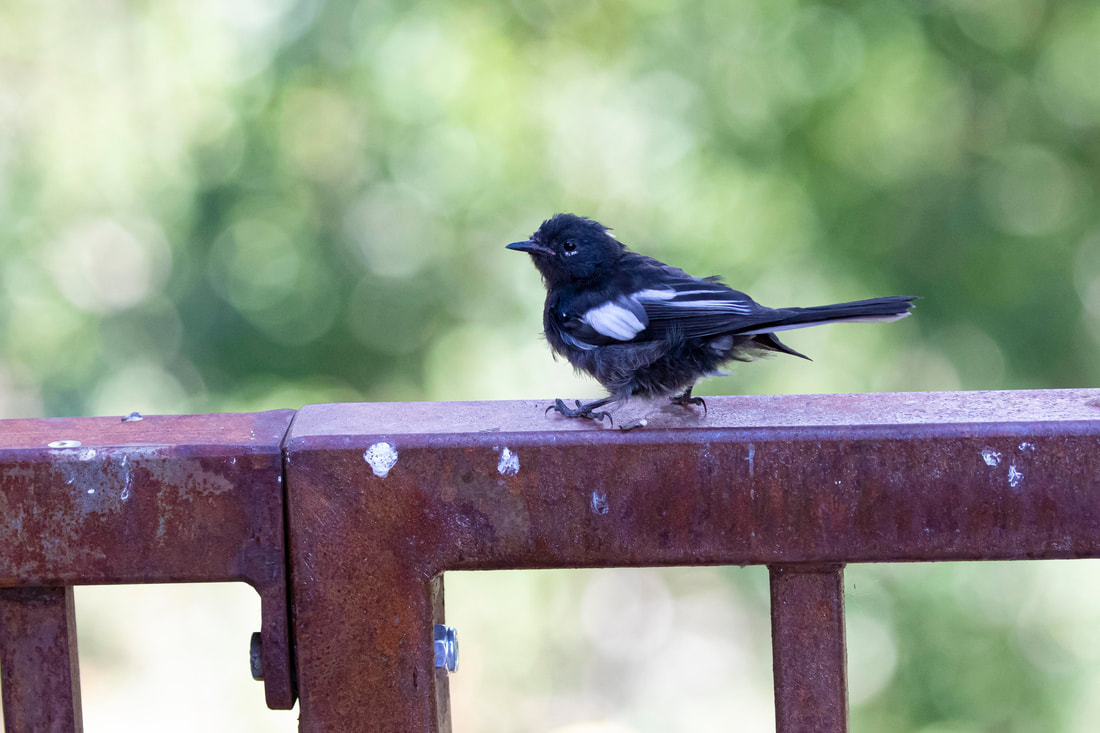
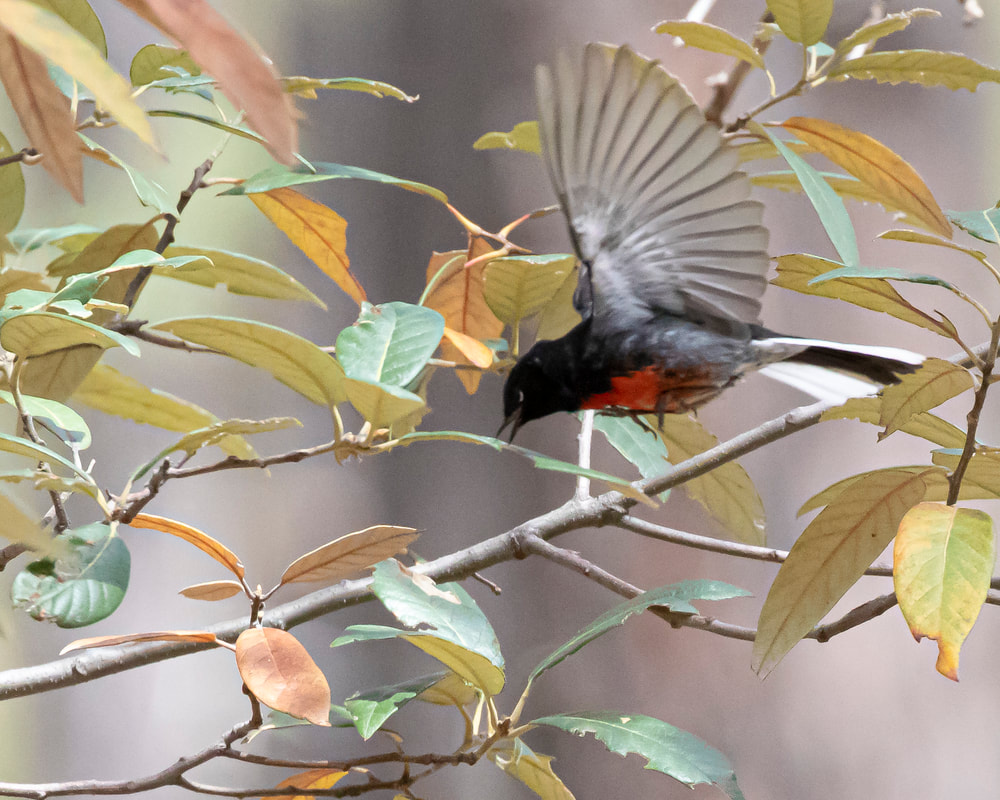
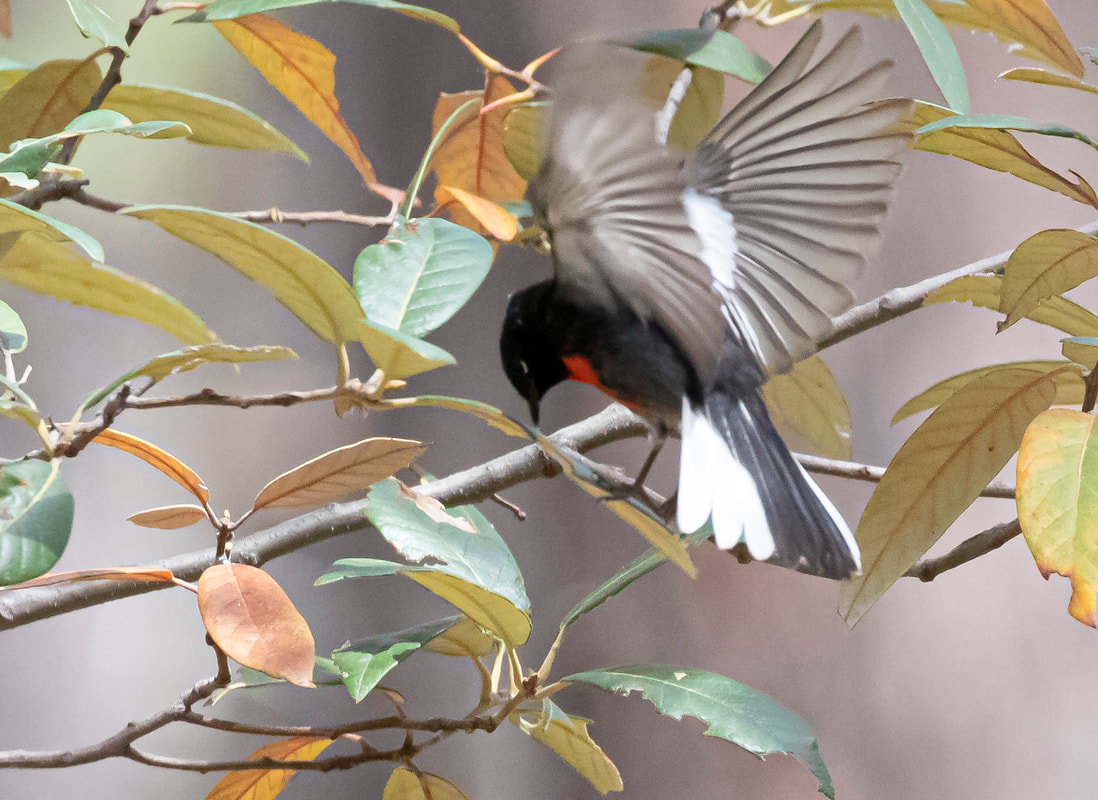
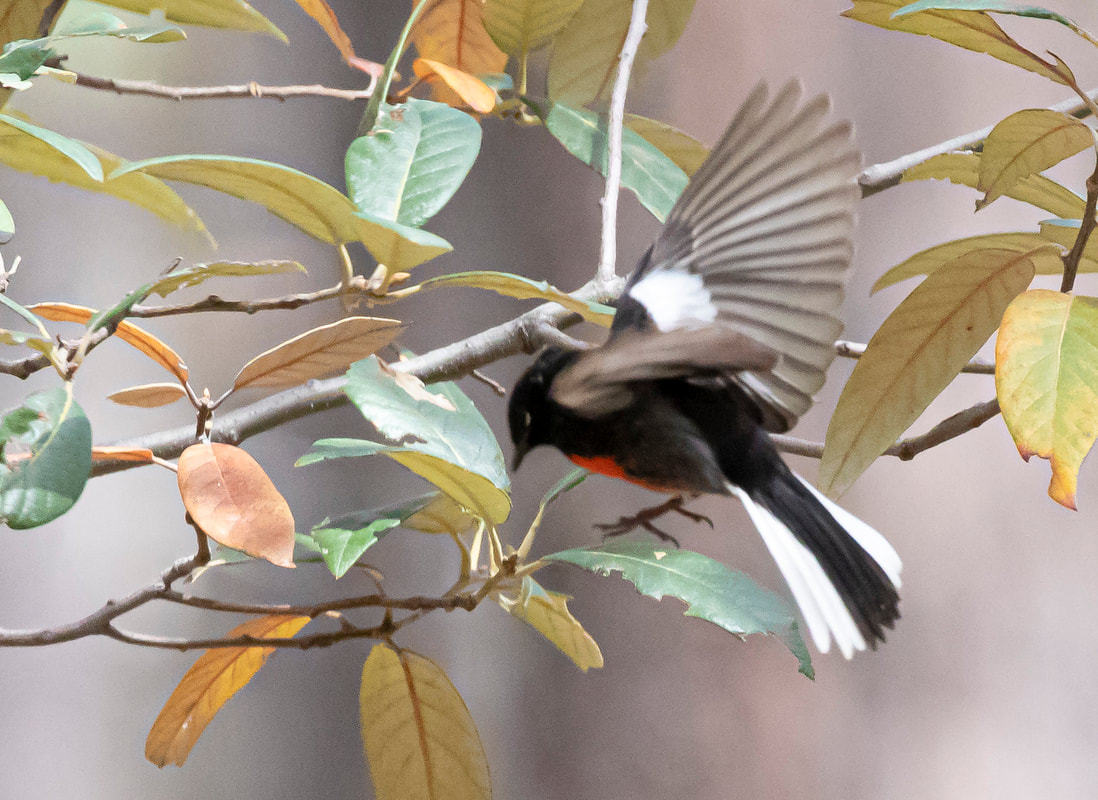
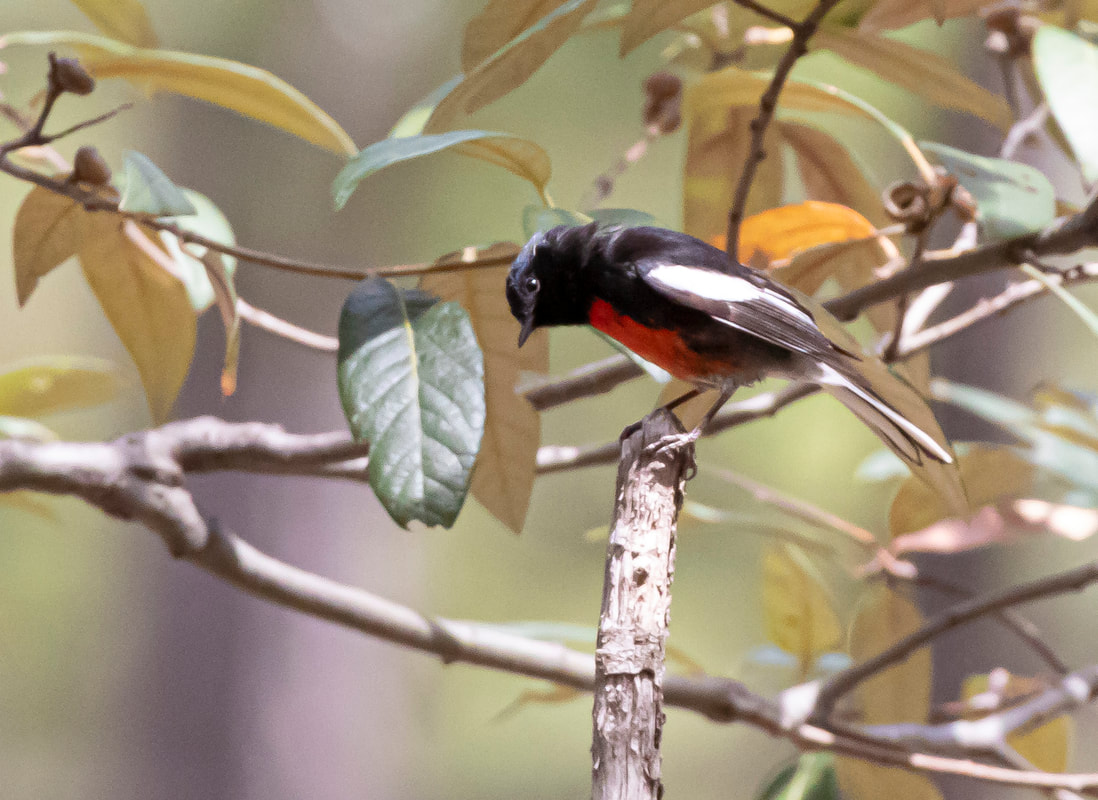
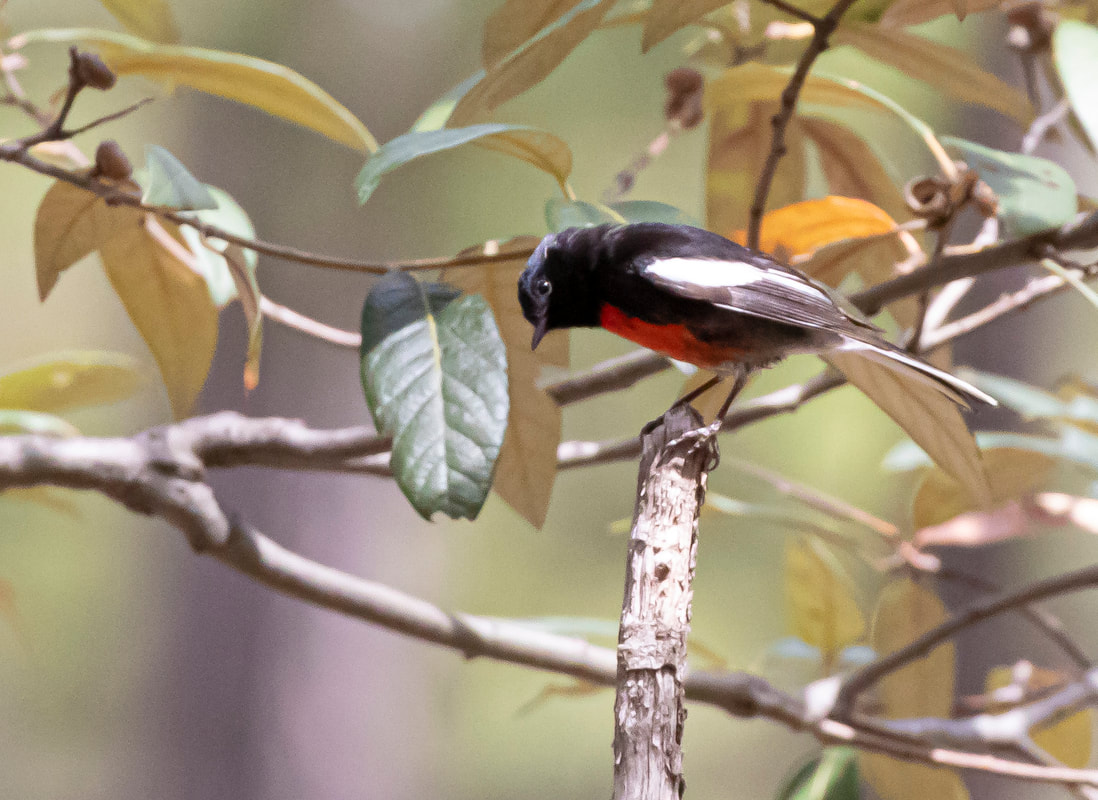
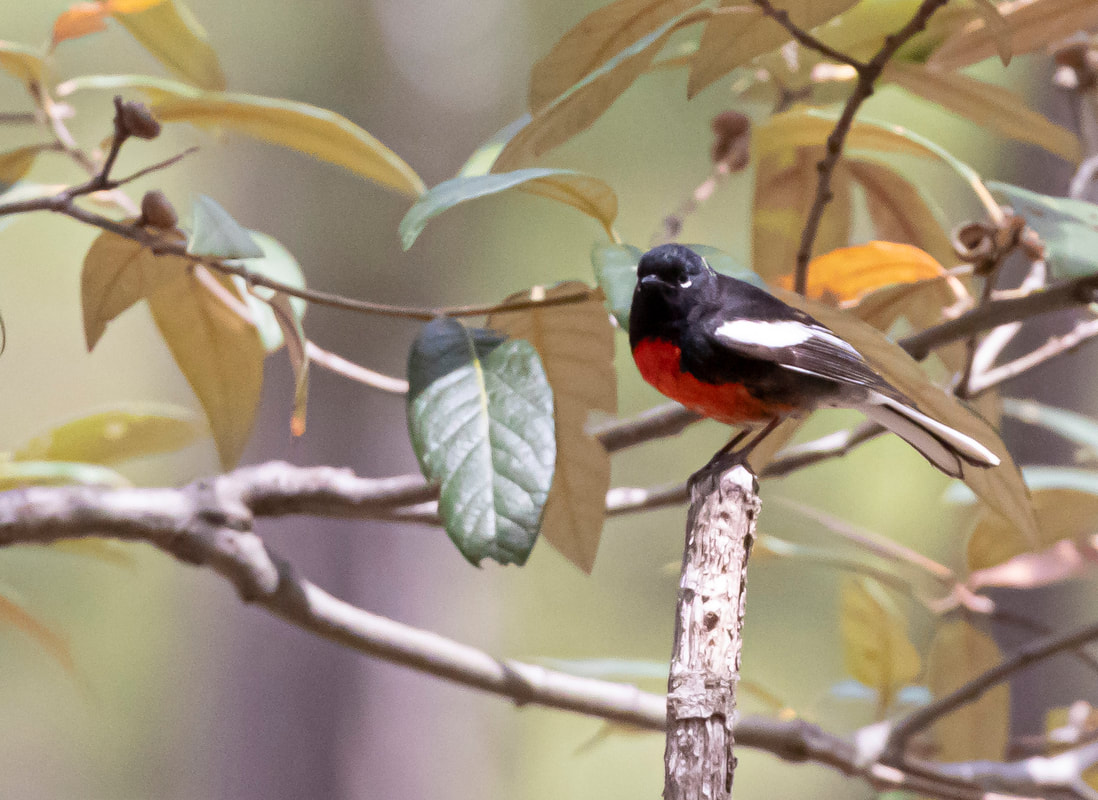
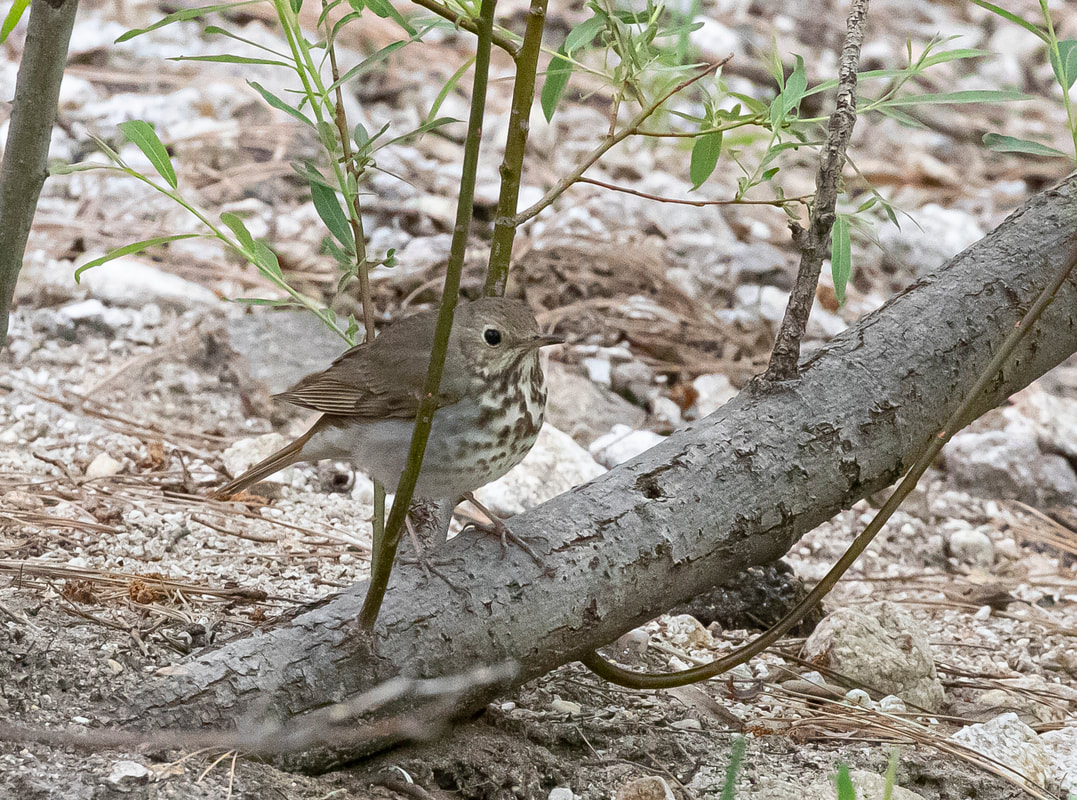
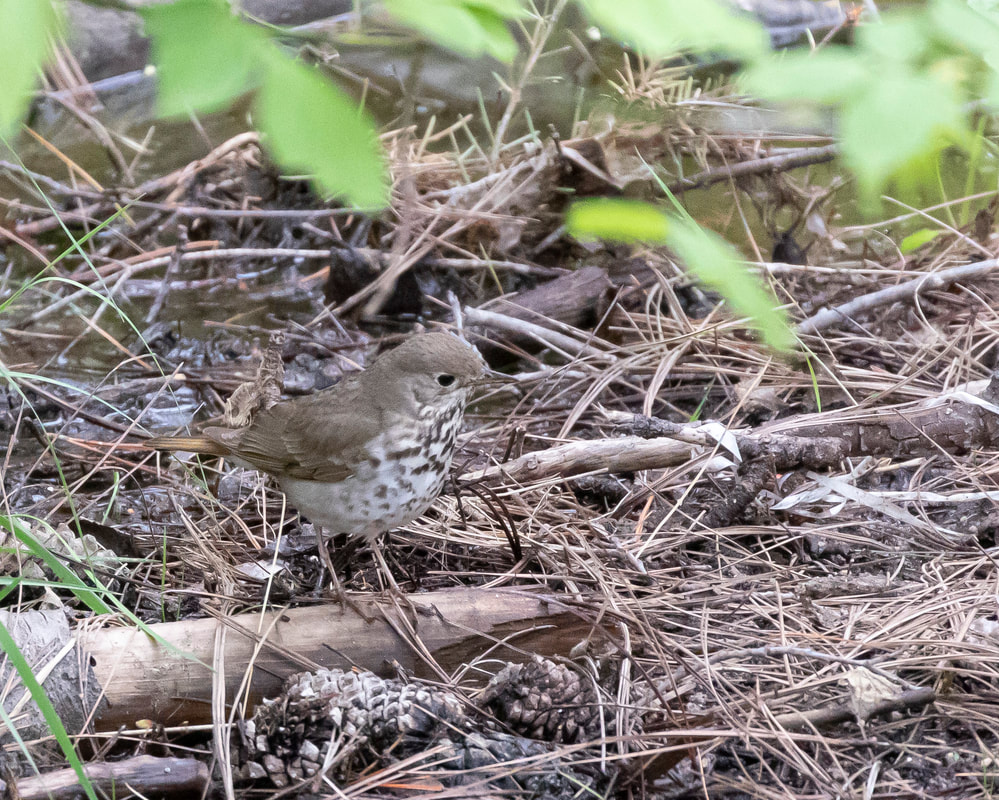
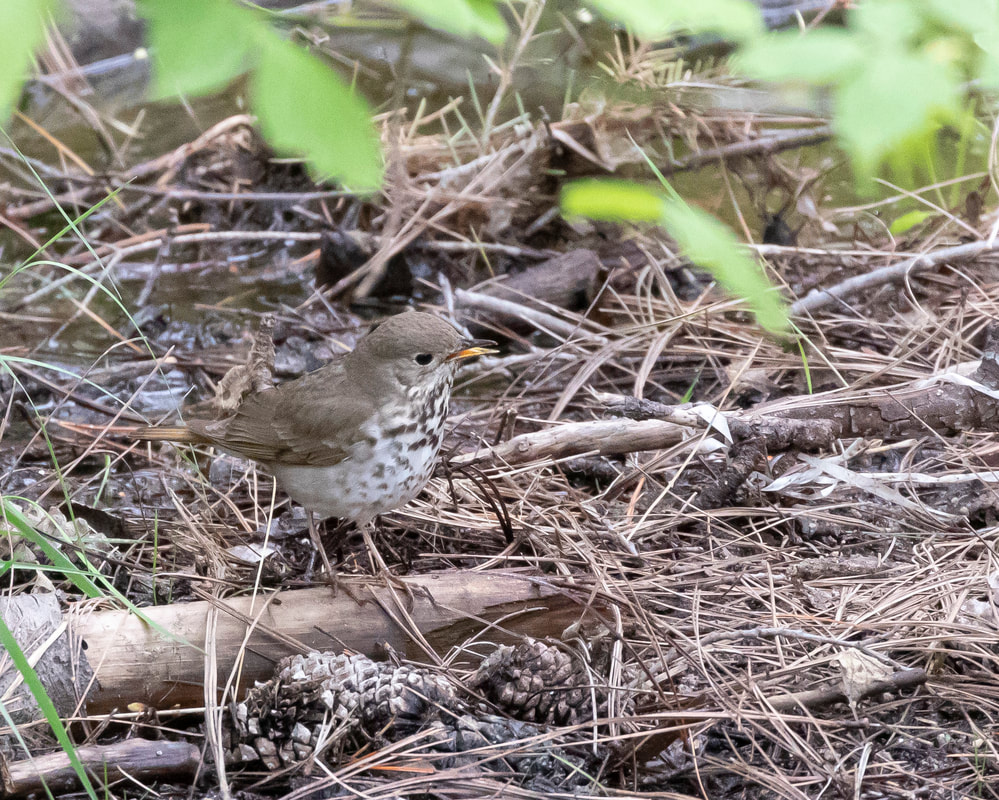
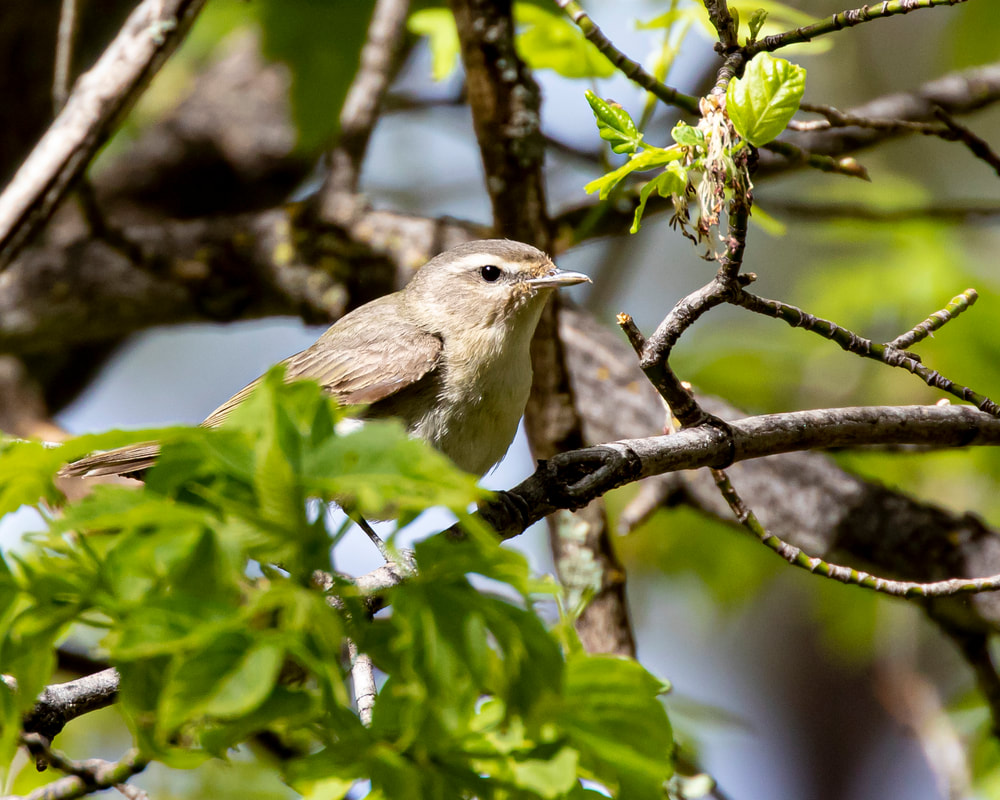
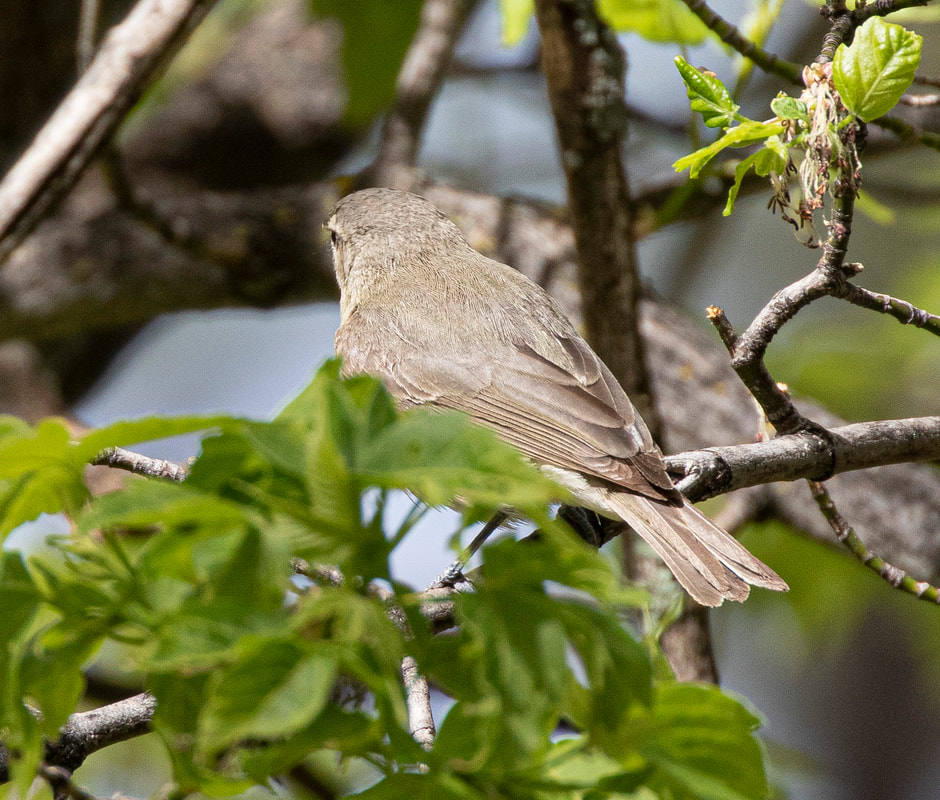
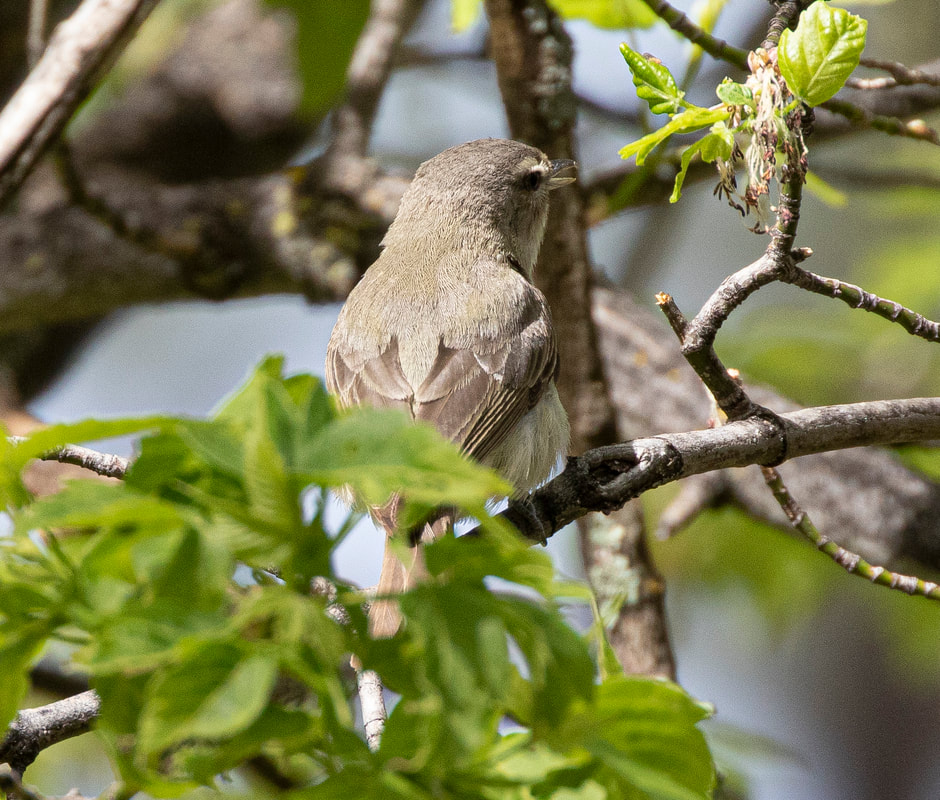
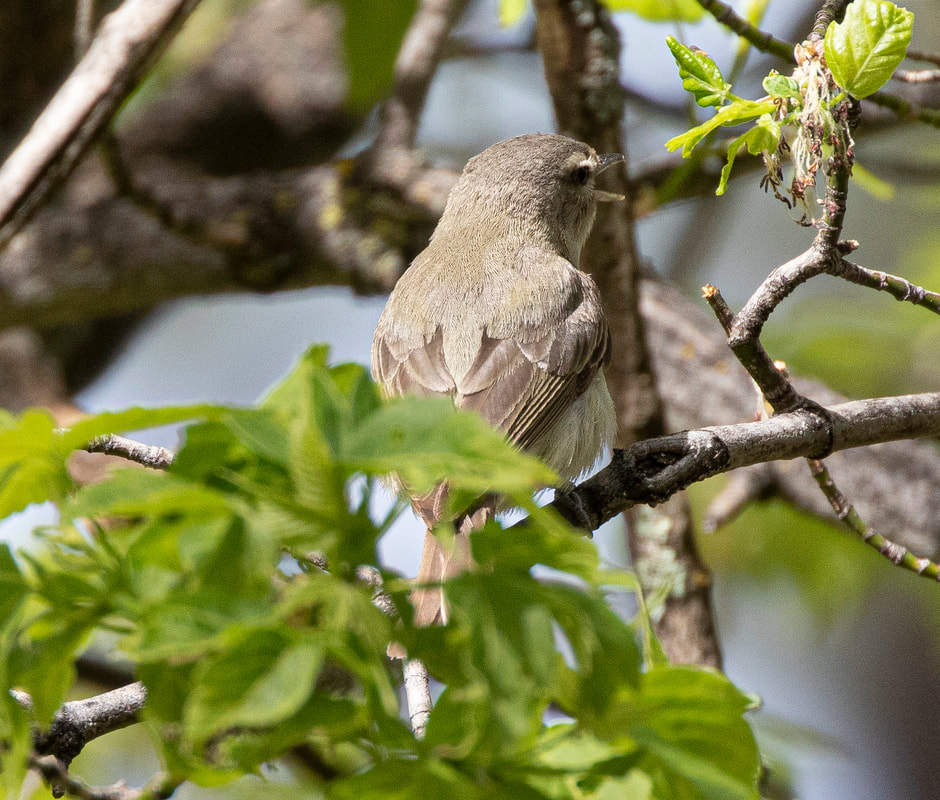
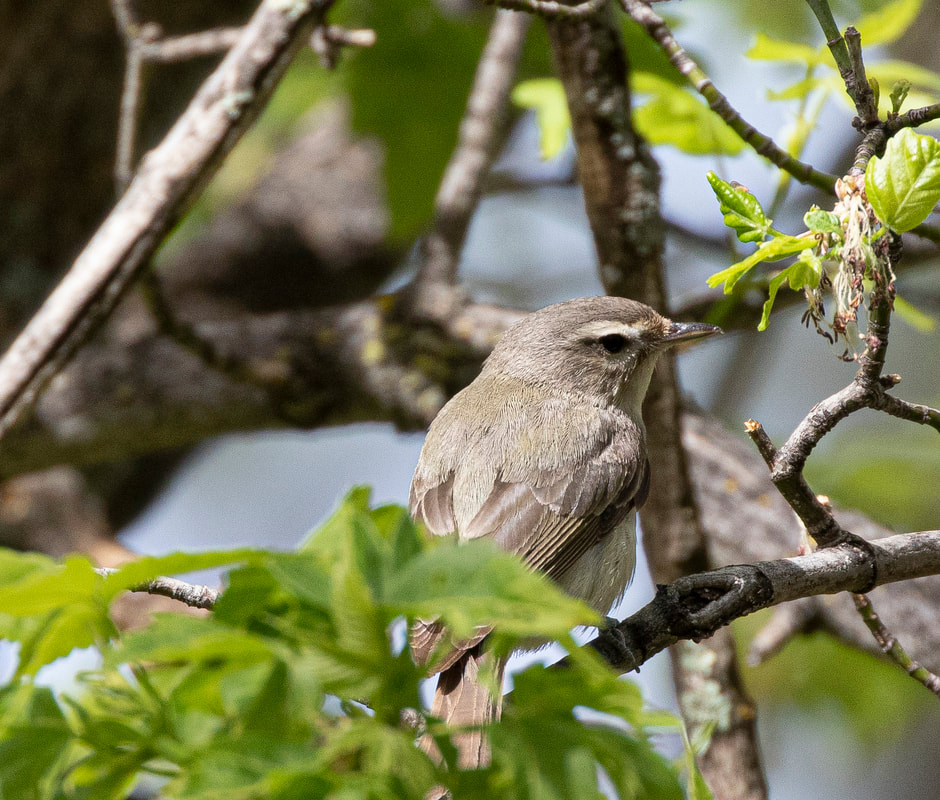
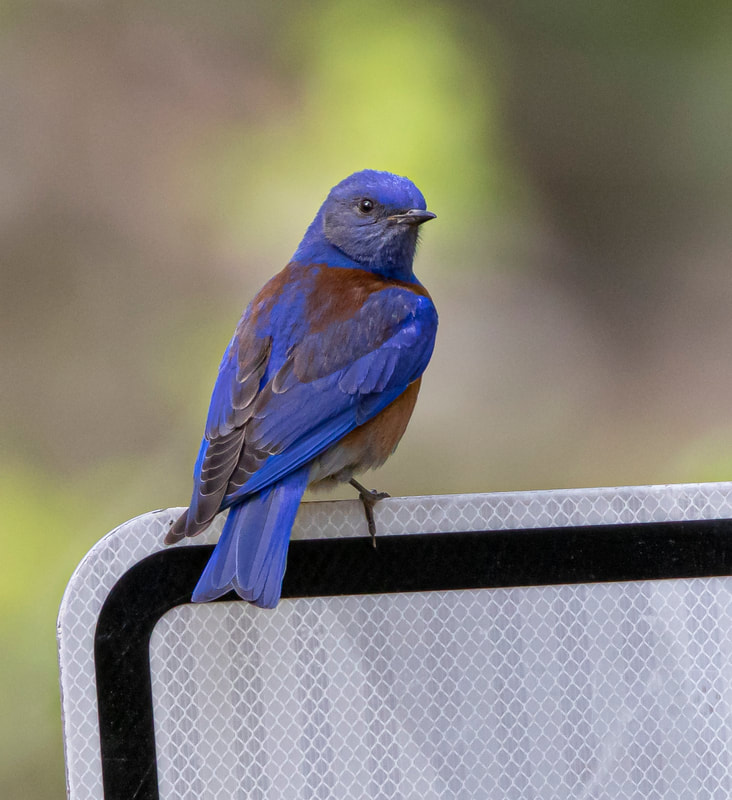
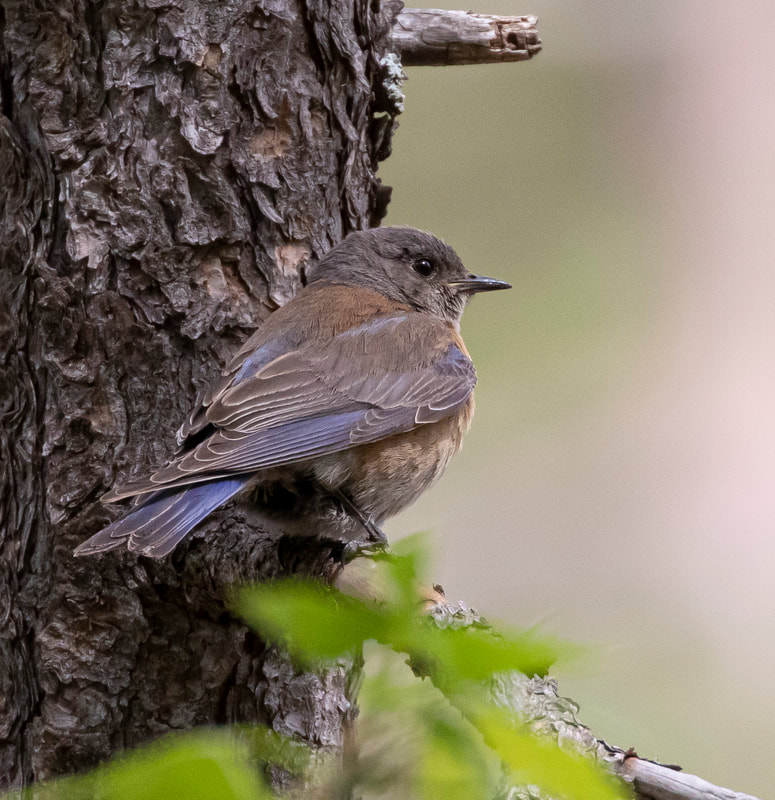
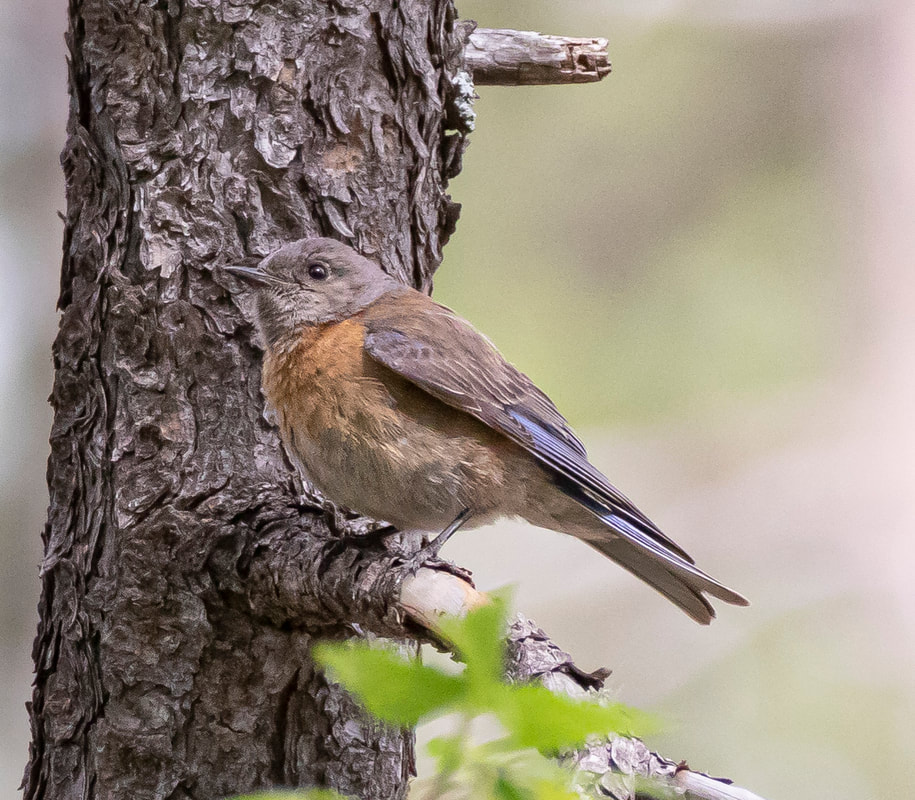
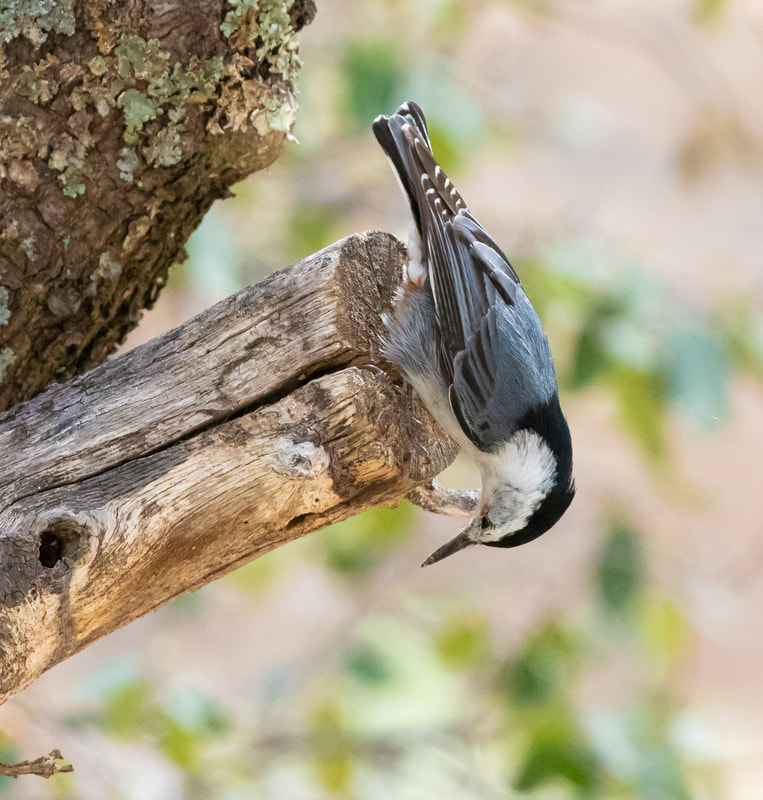
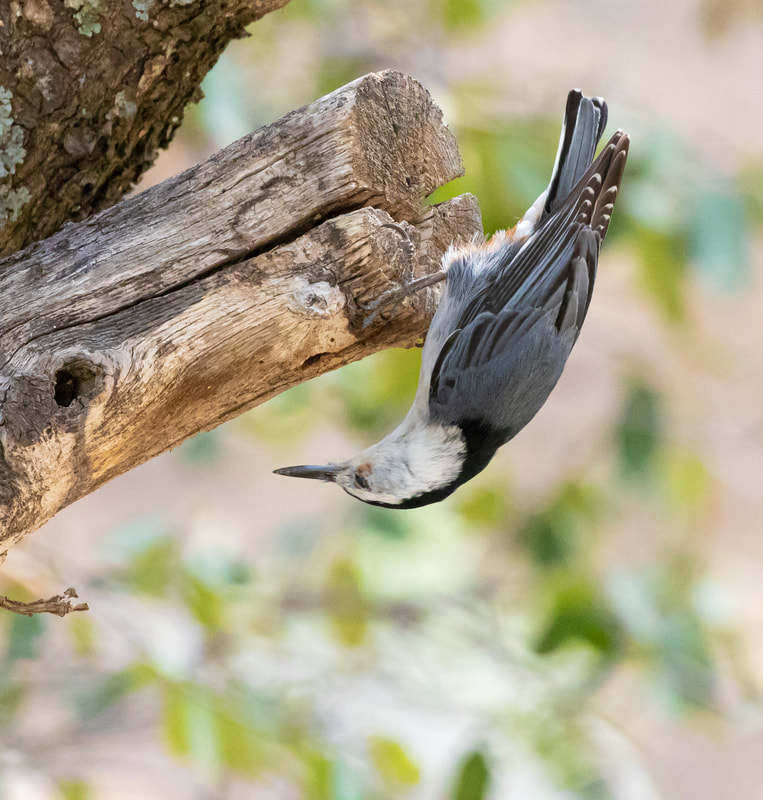
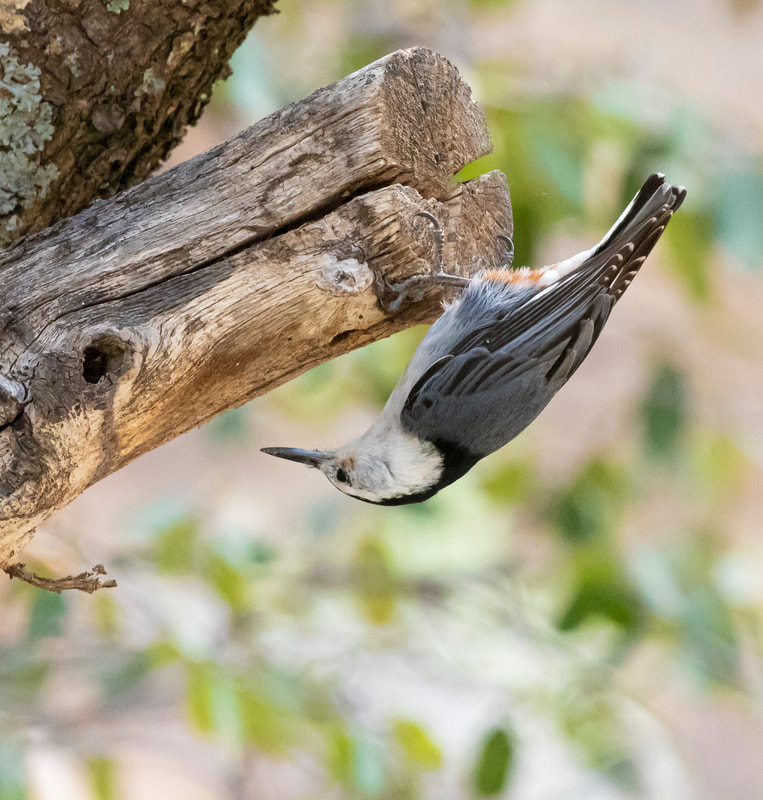
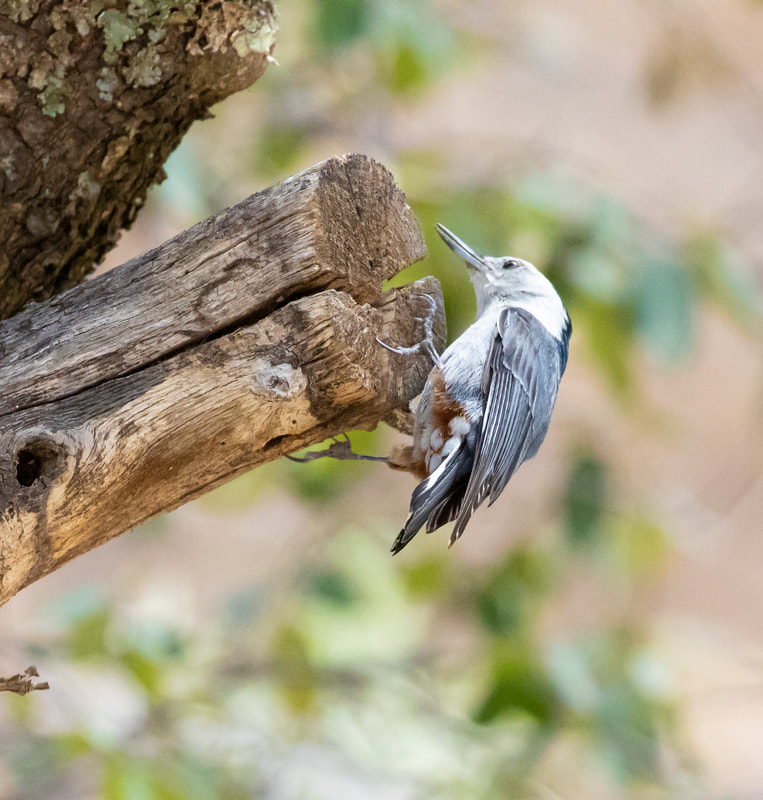
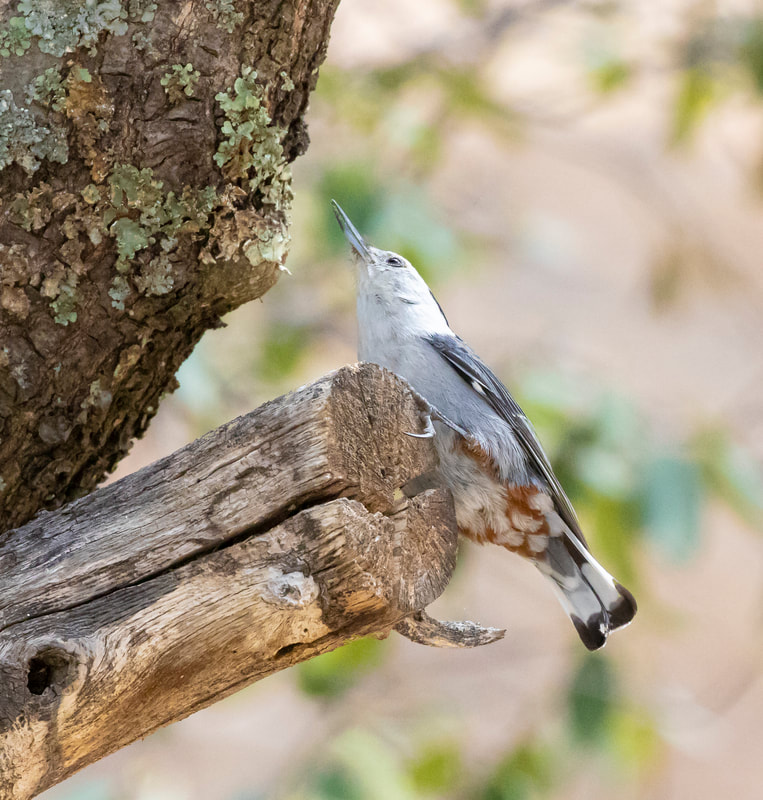
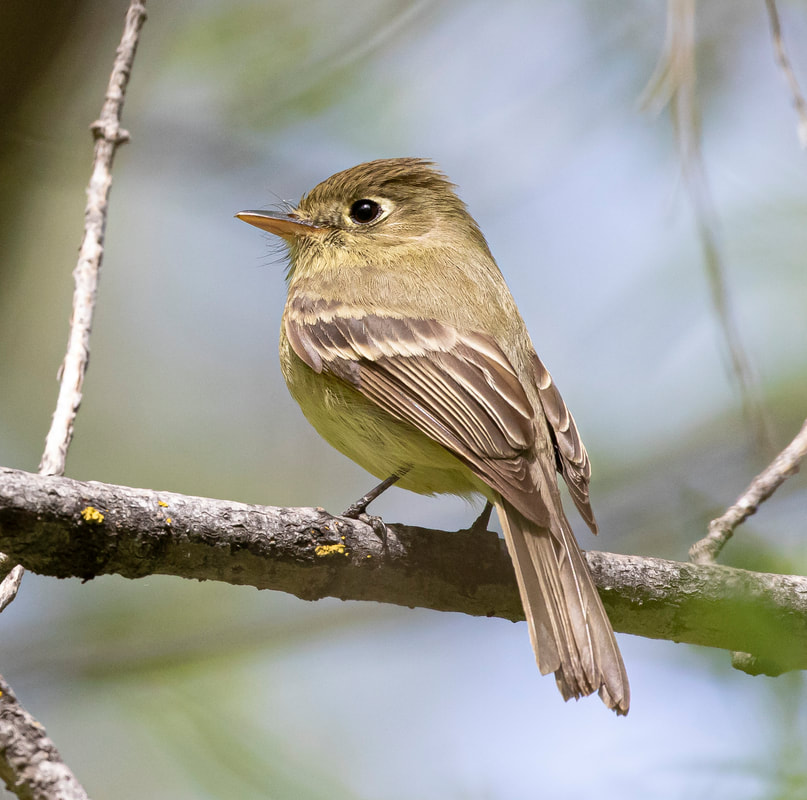
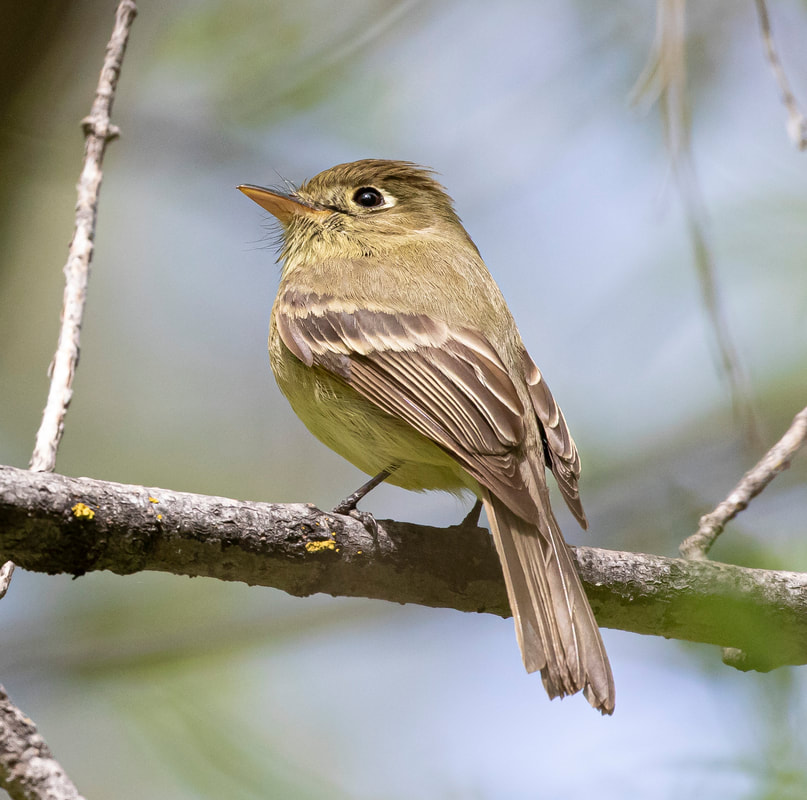
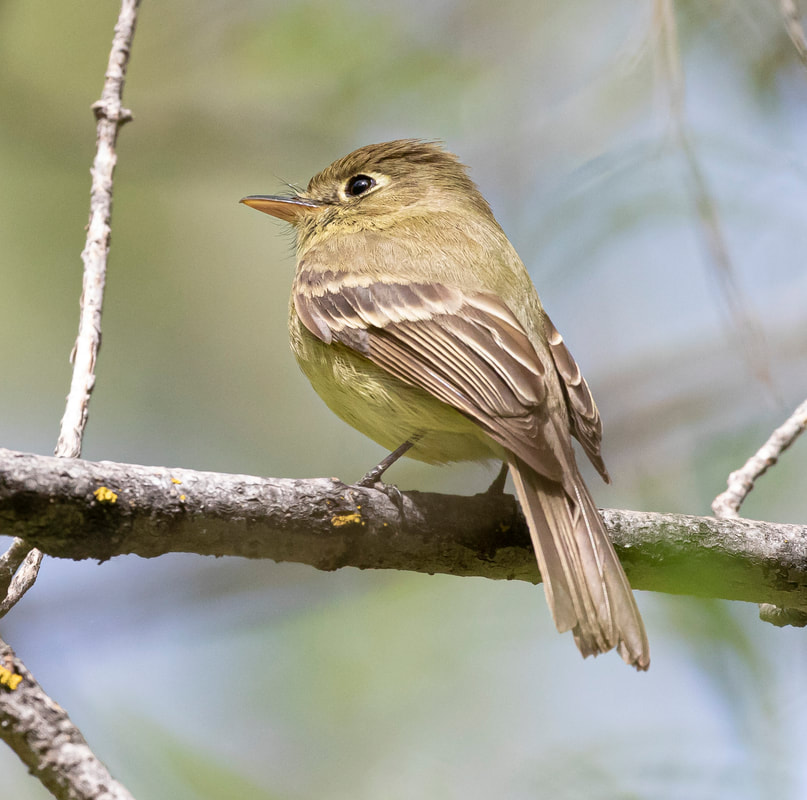
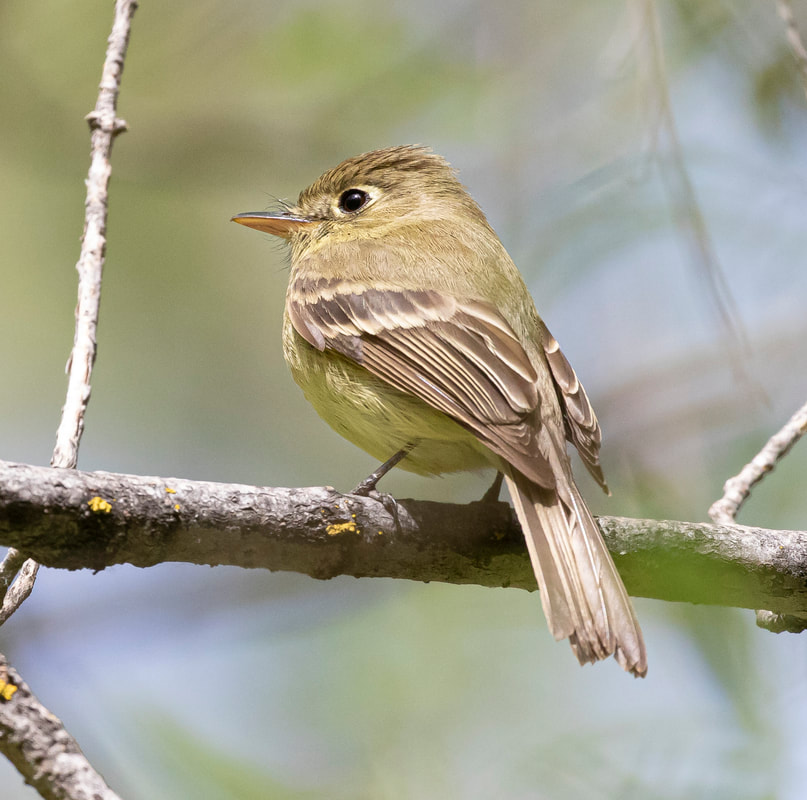
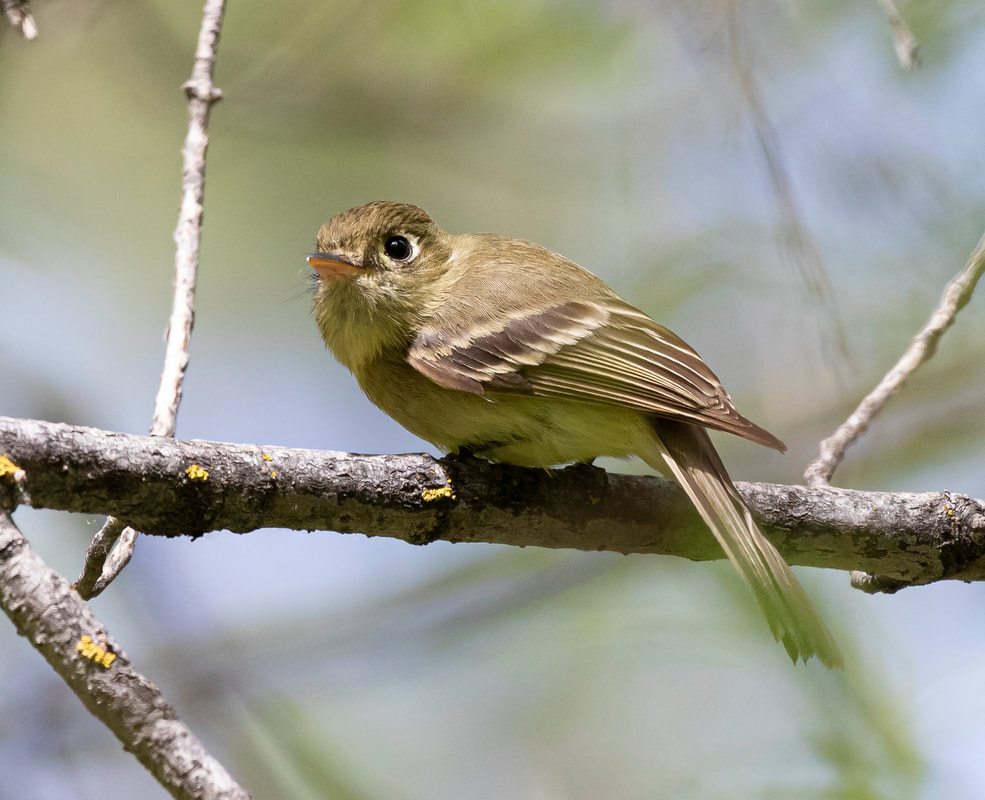
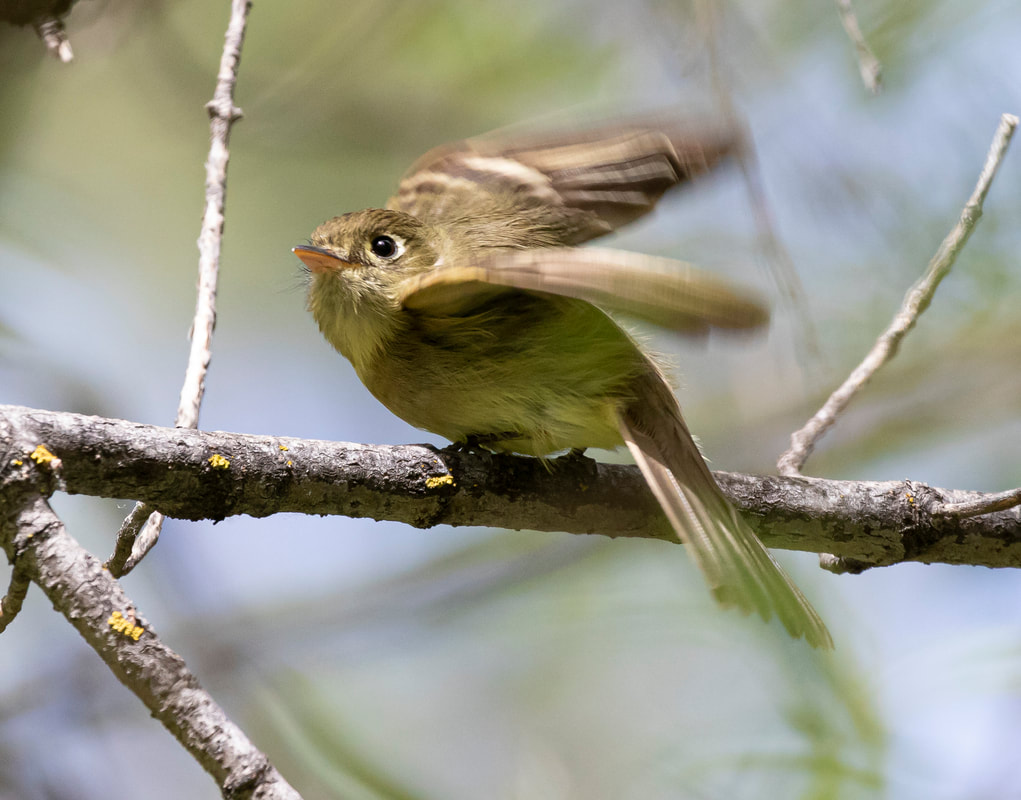
 RSS Feed
RSS Feed